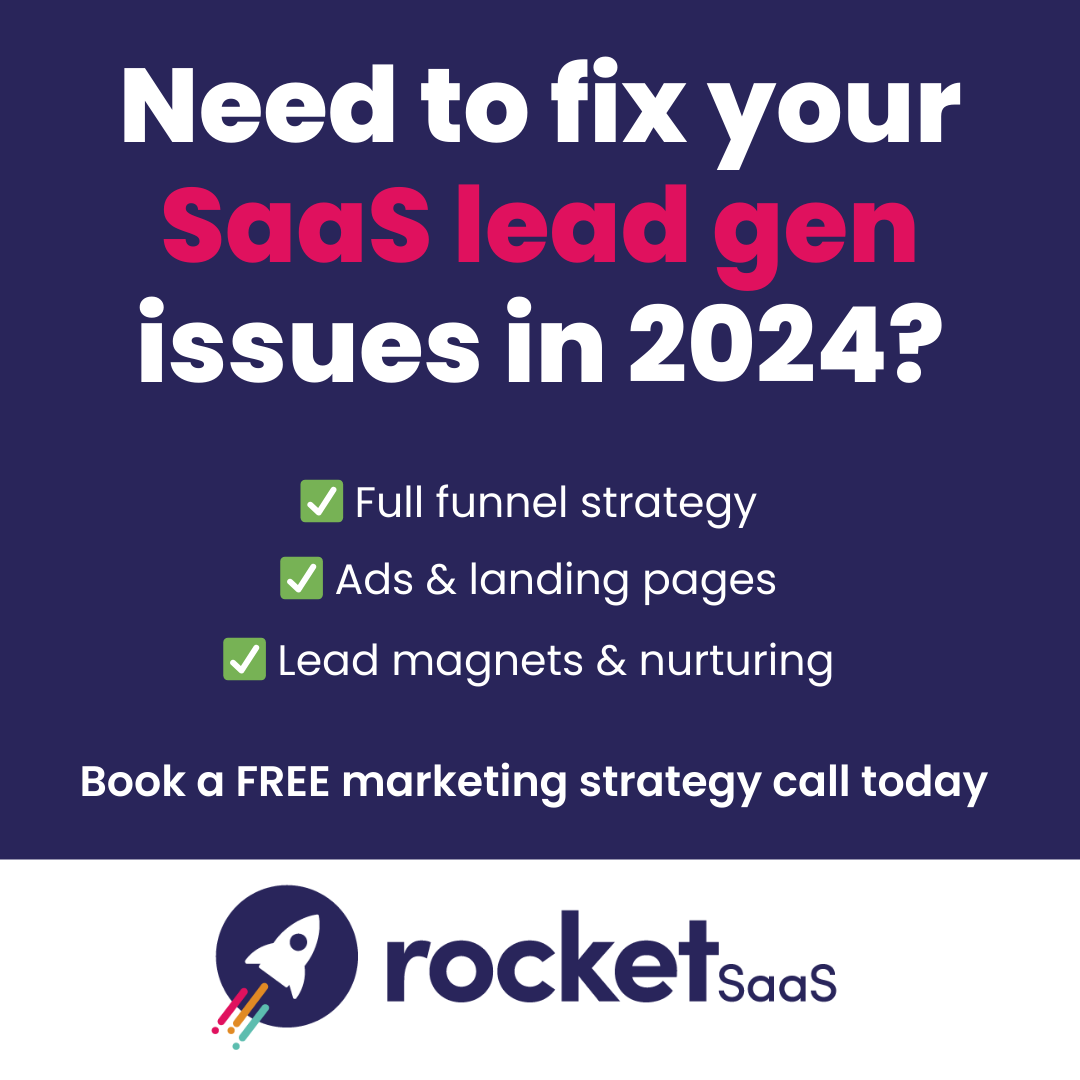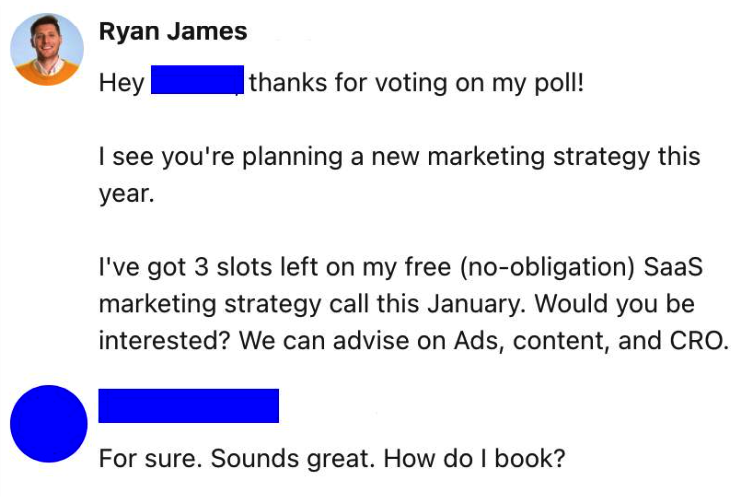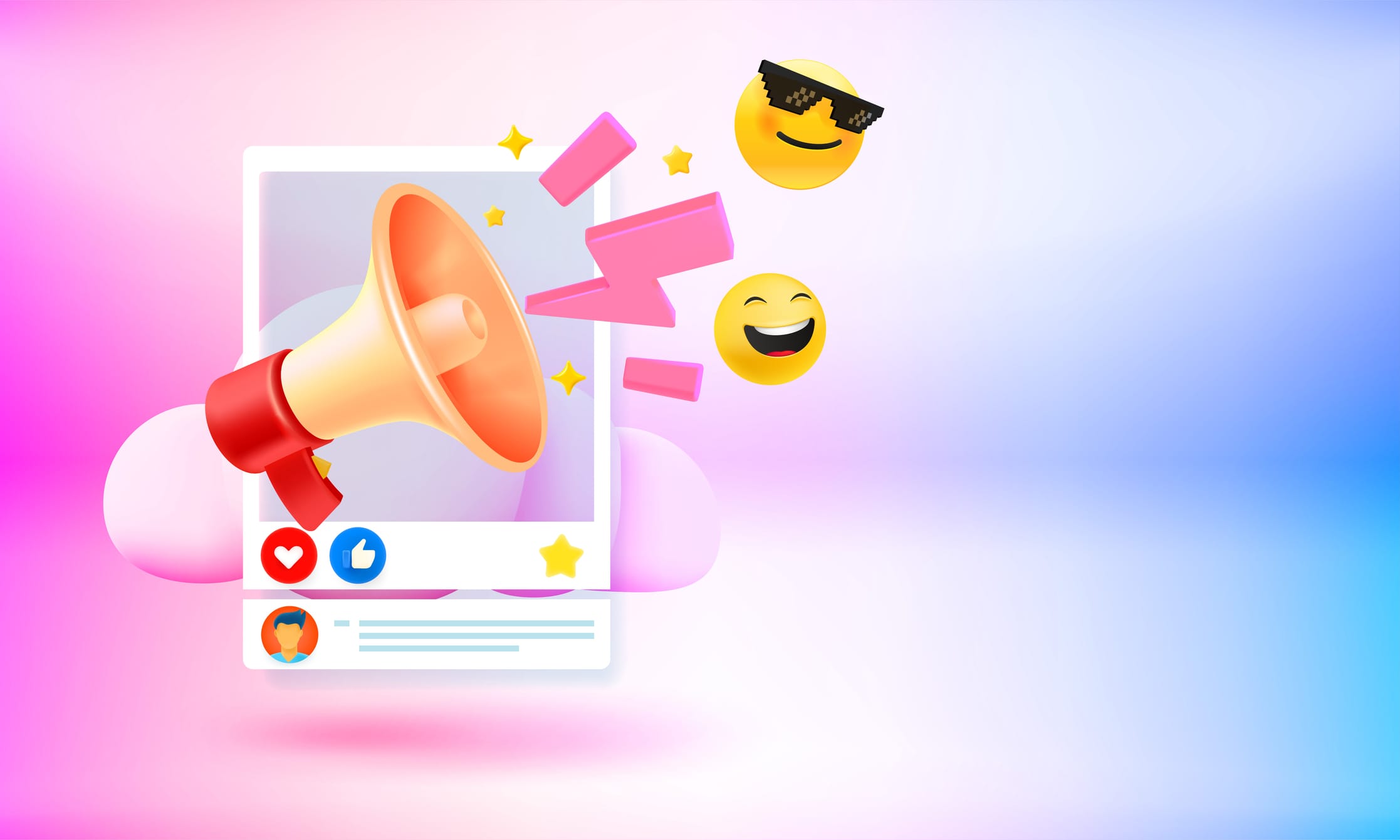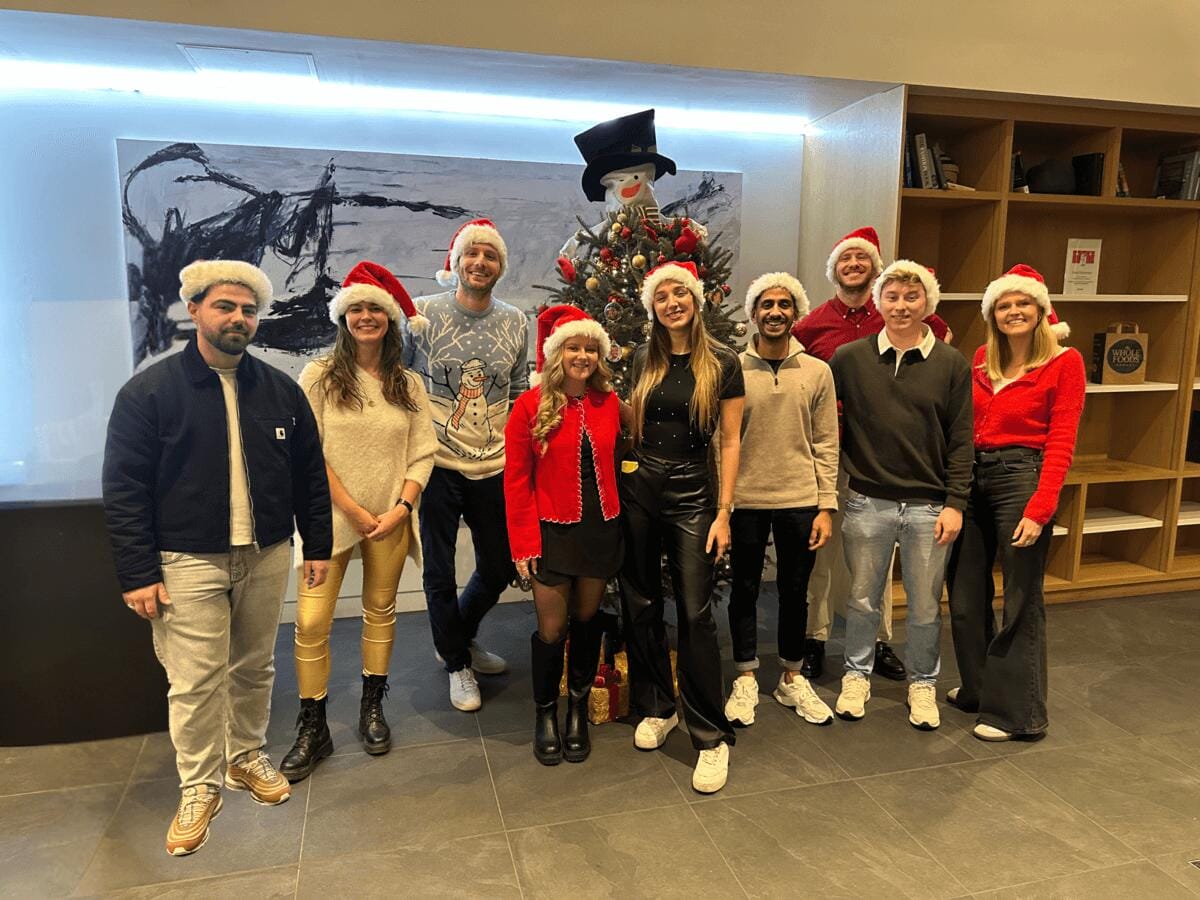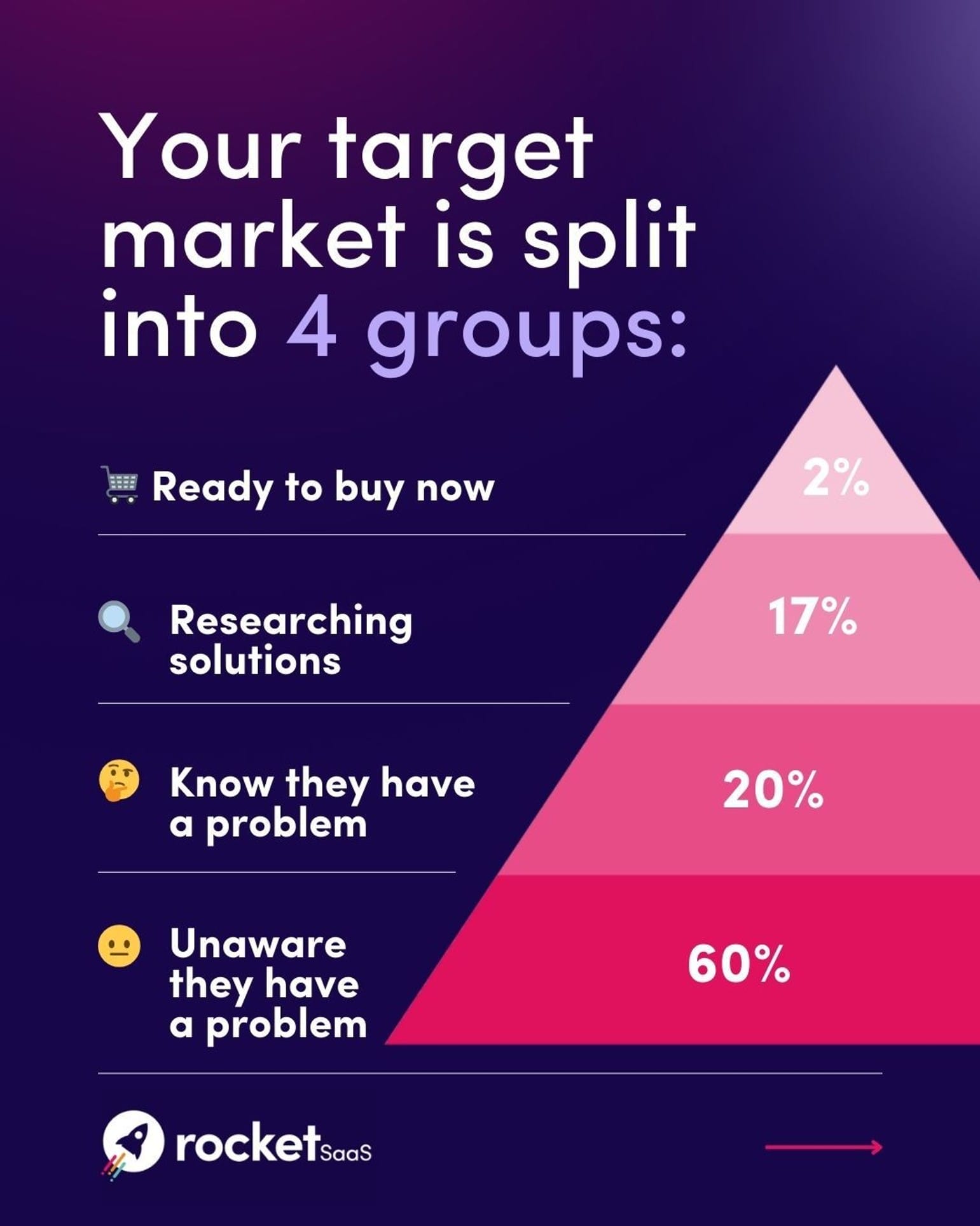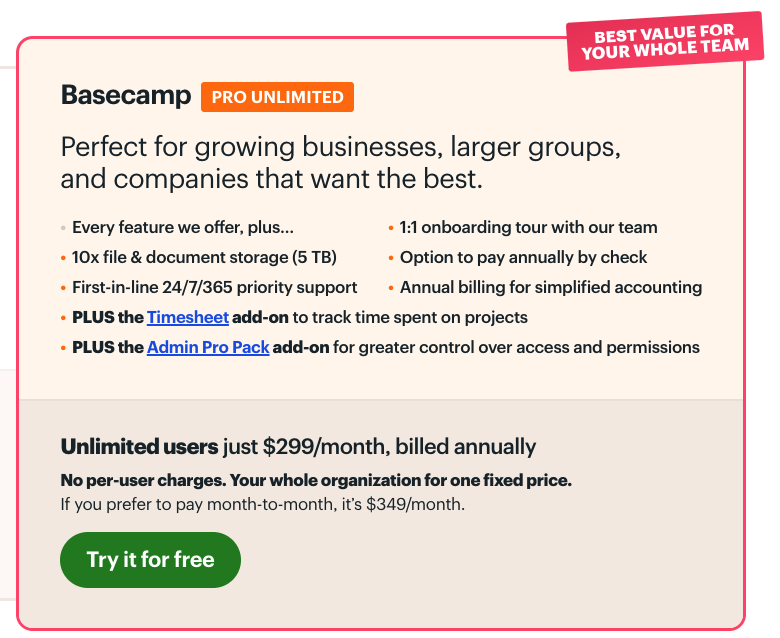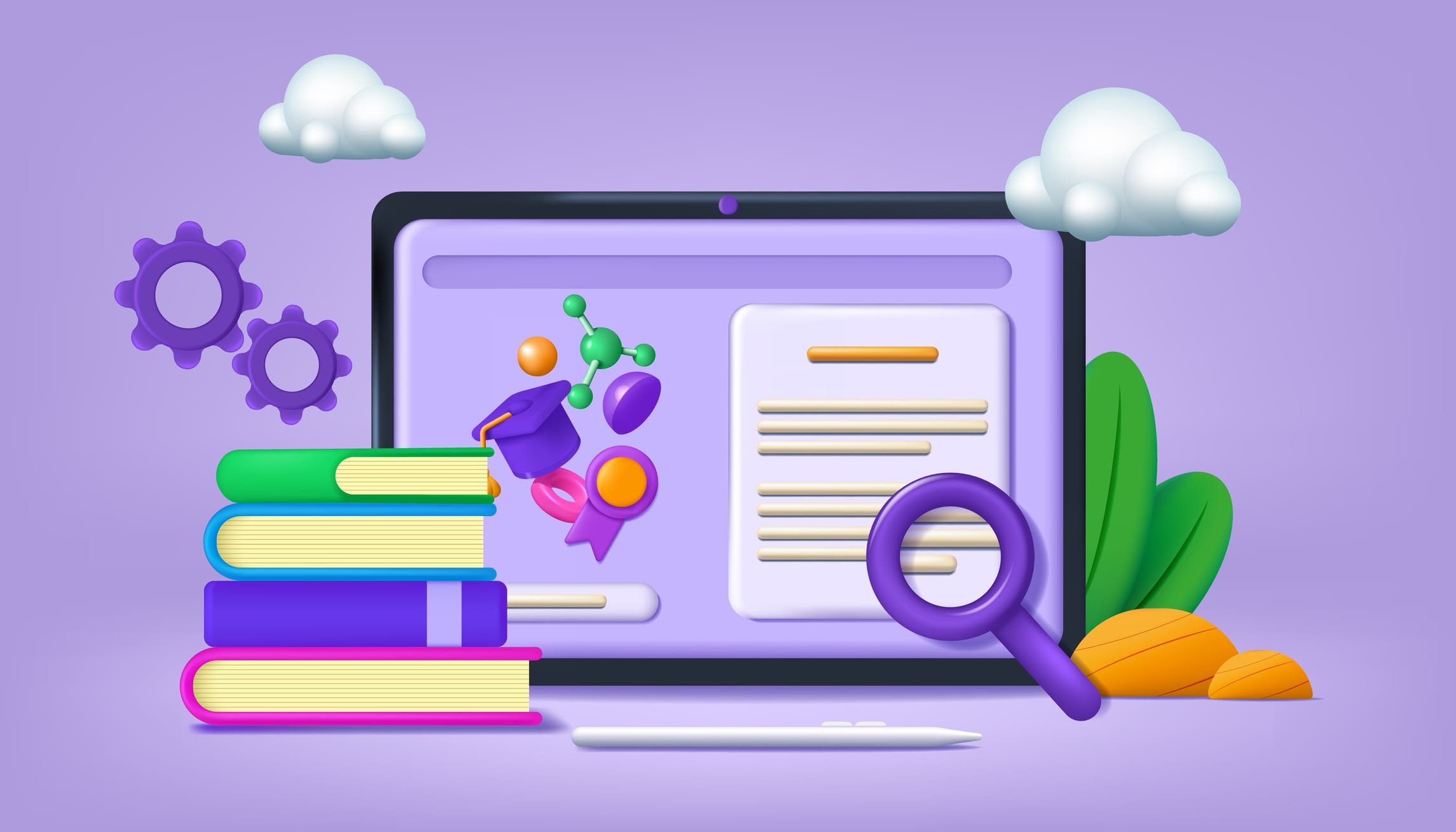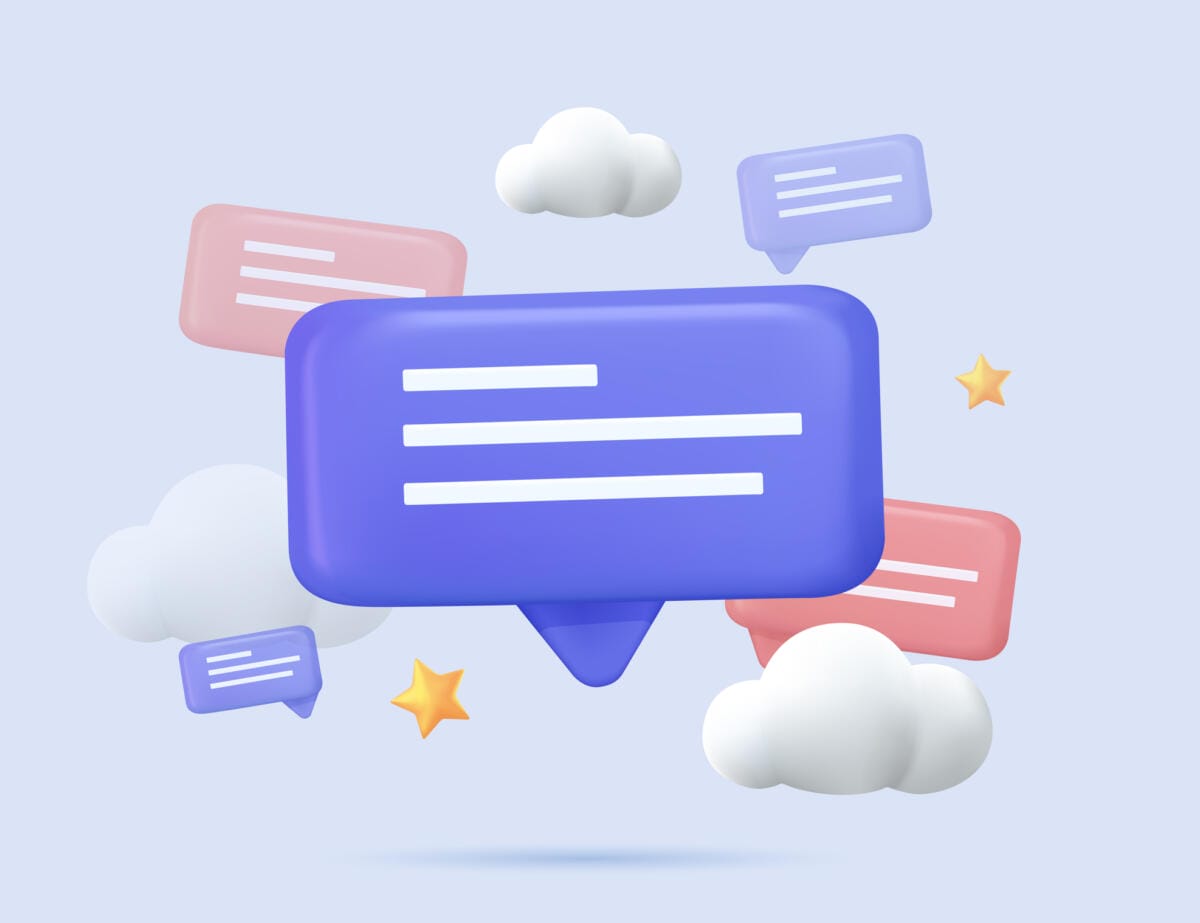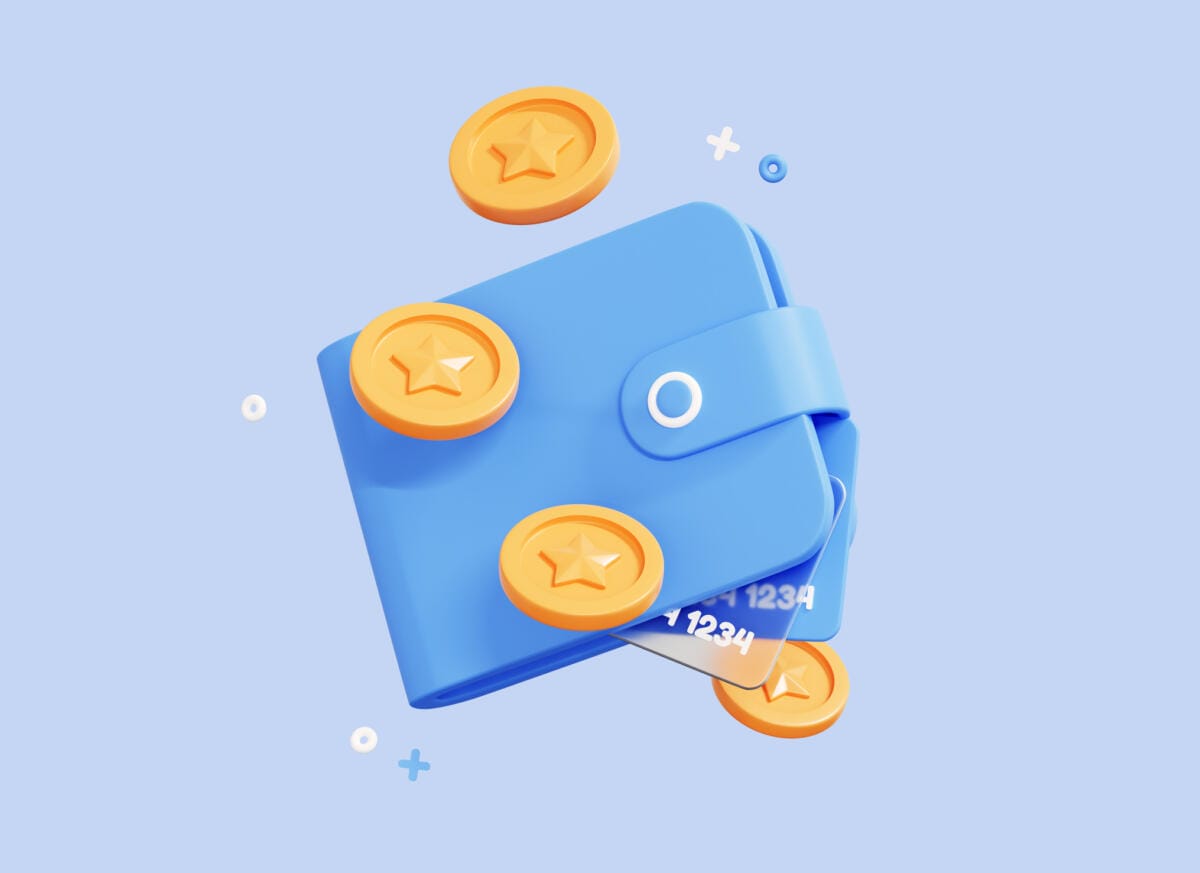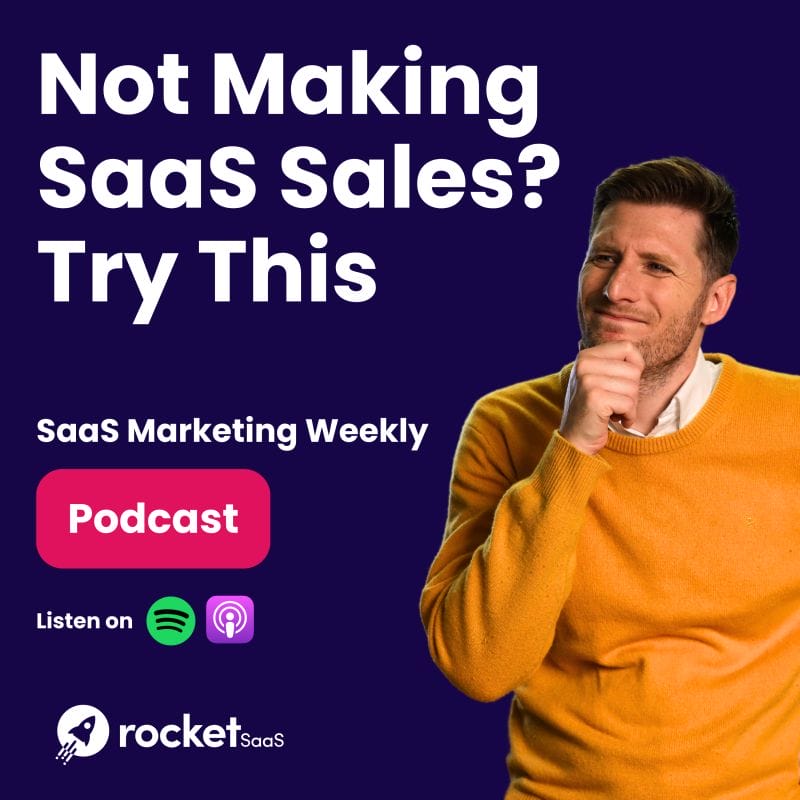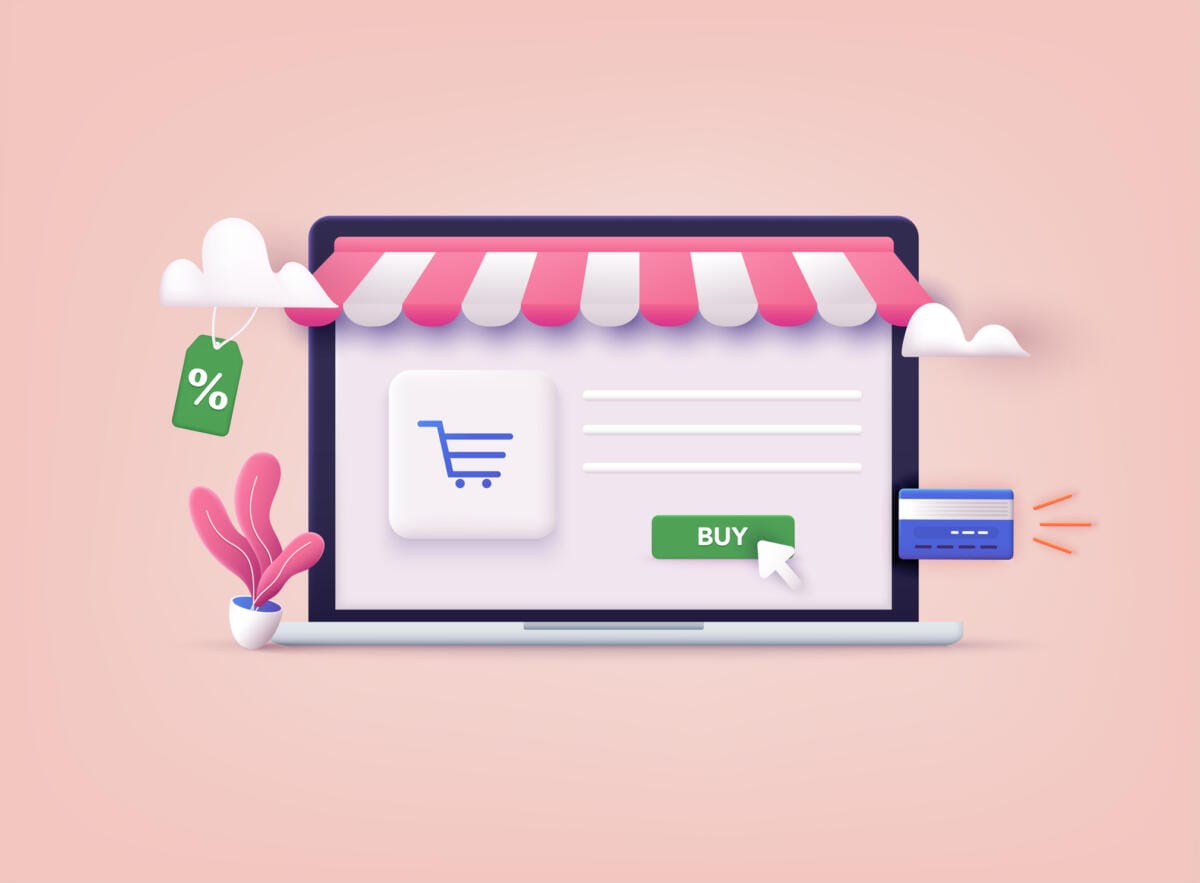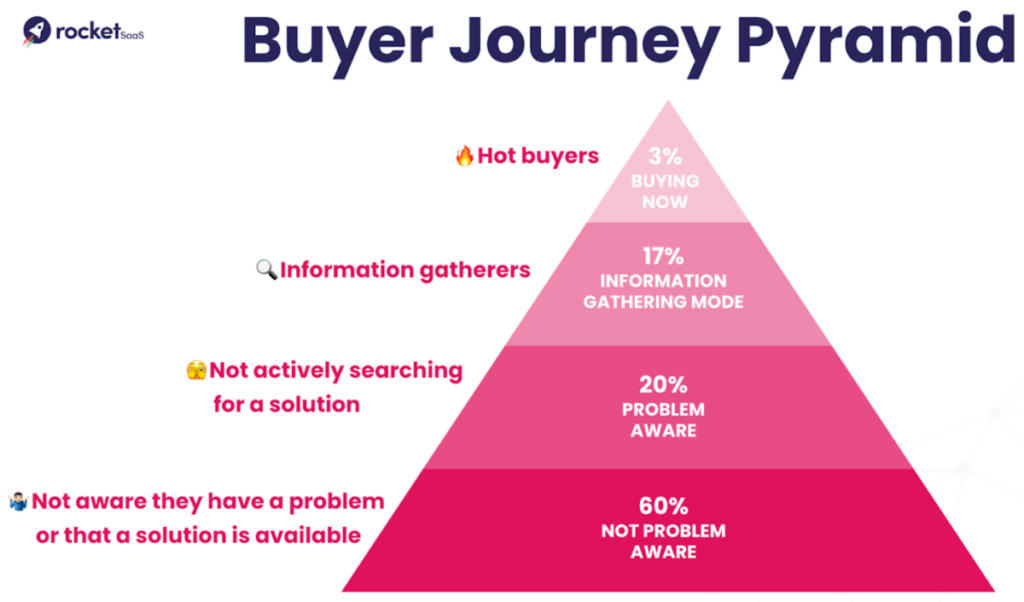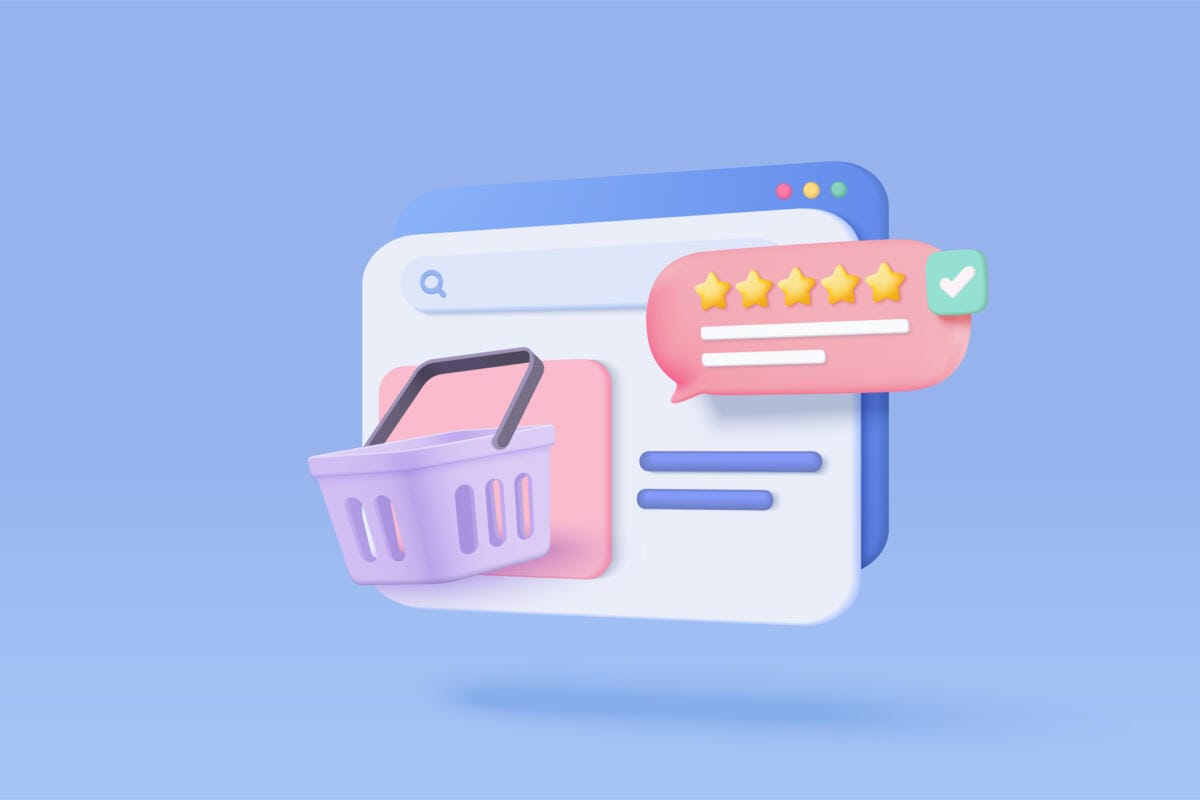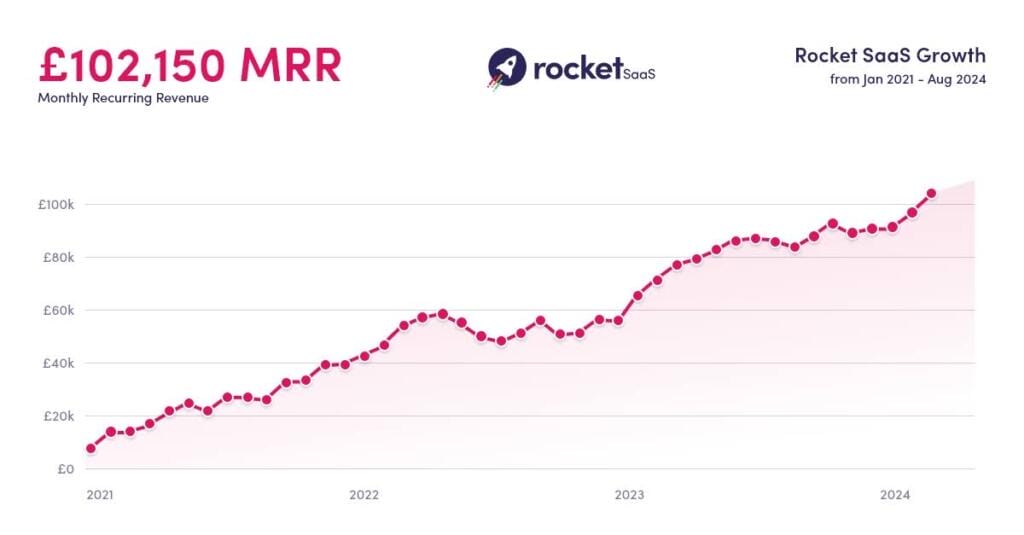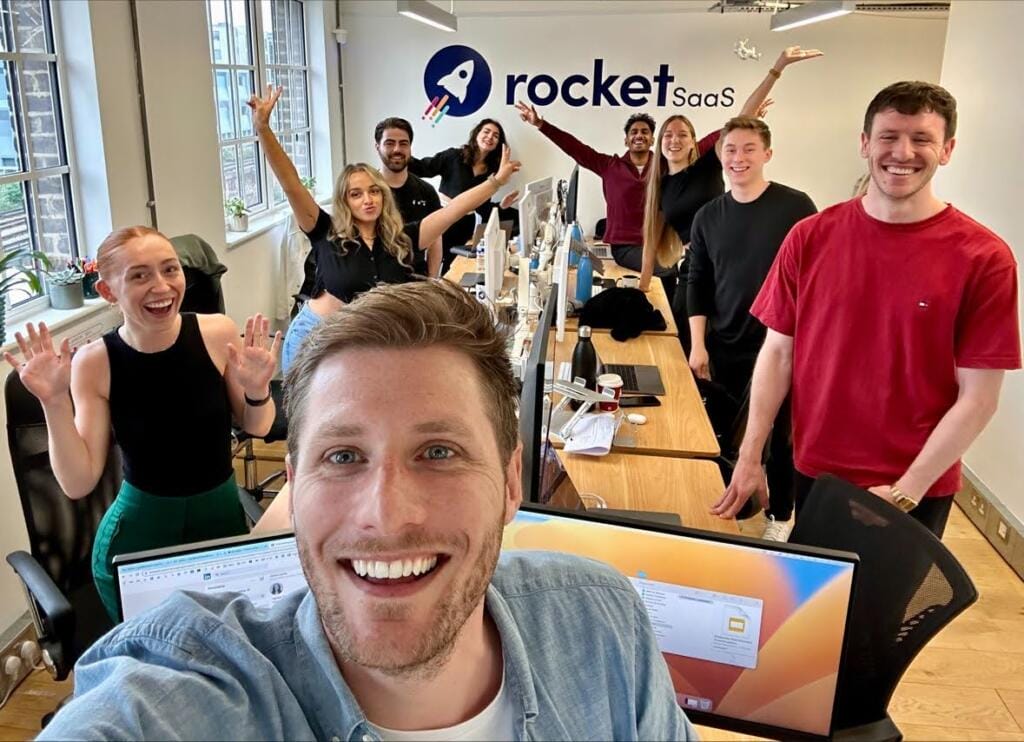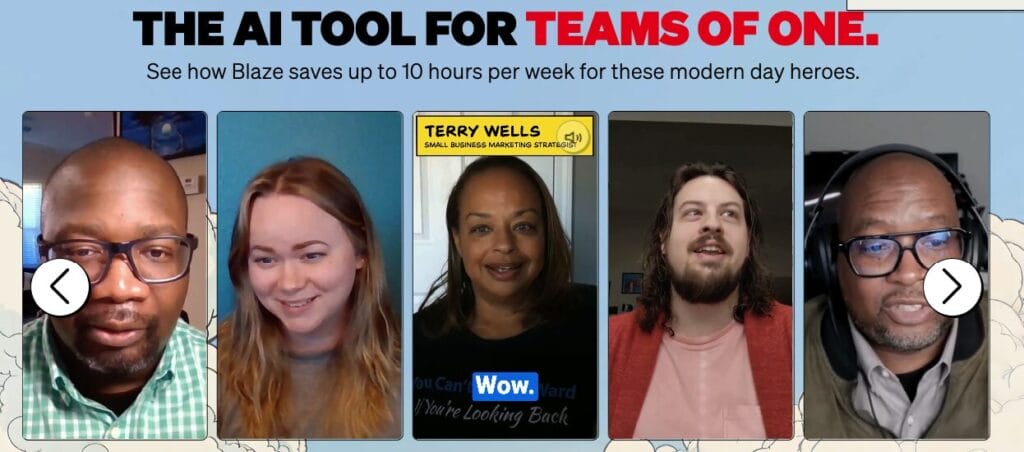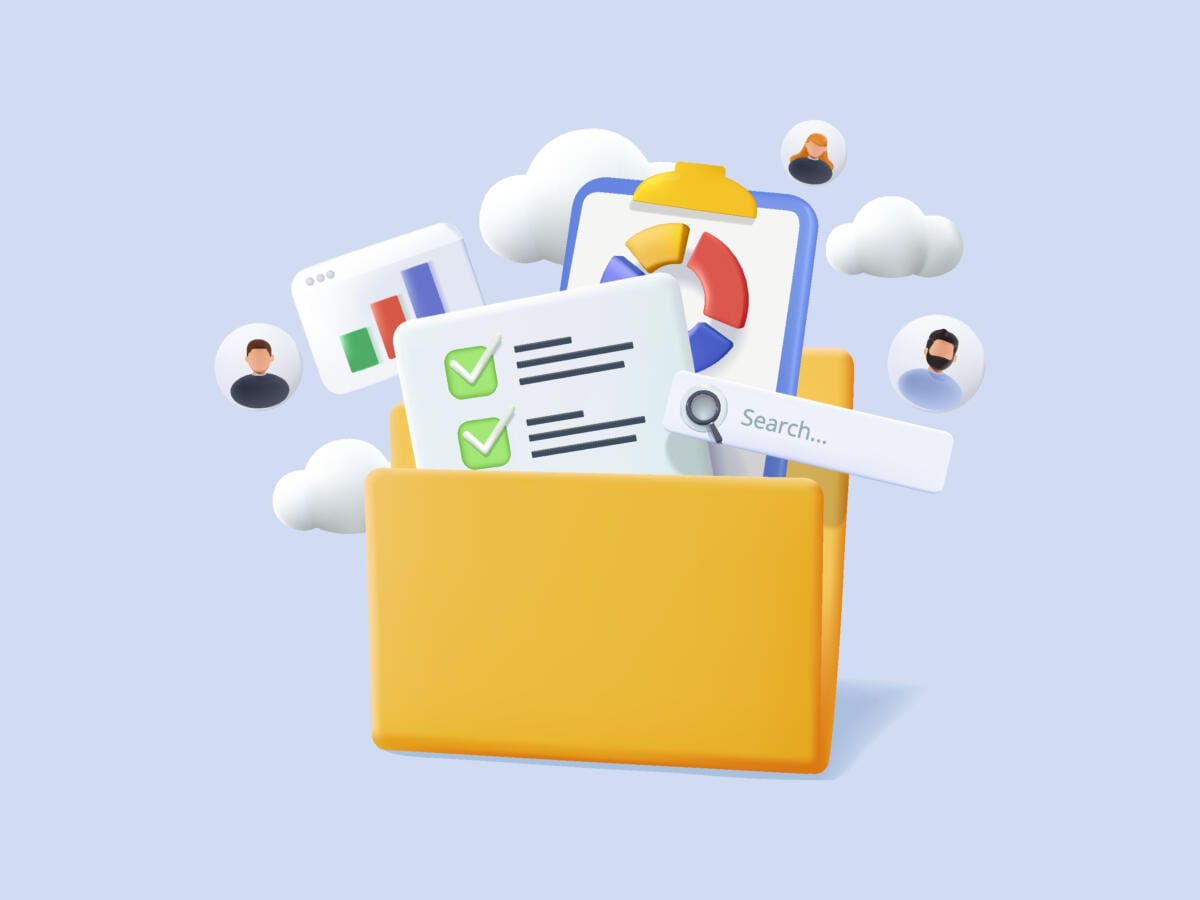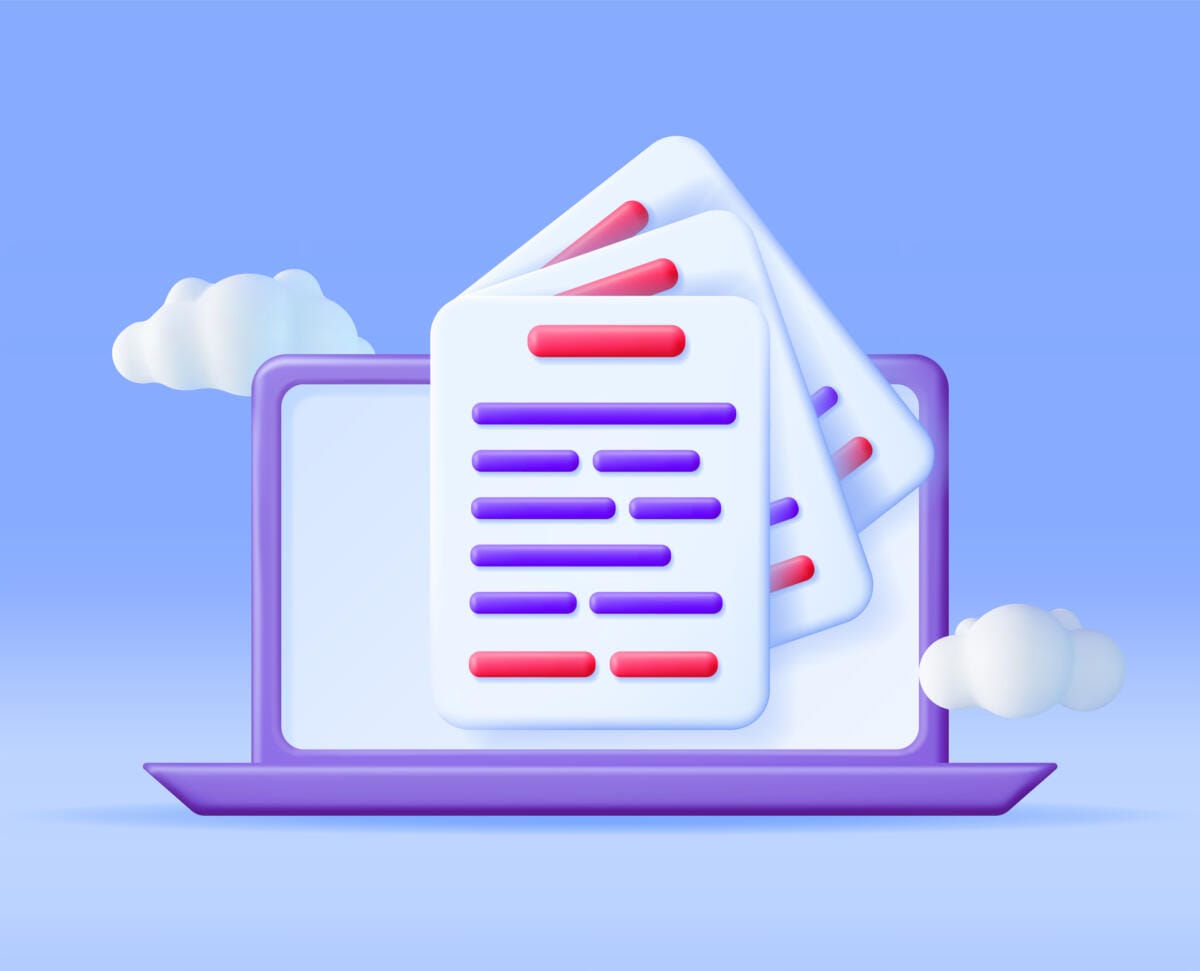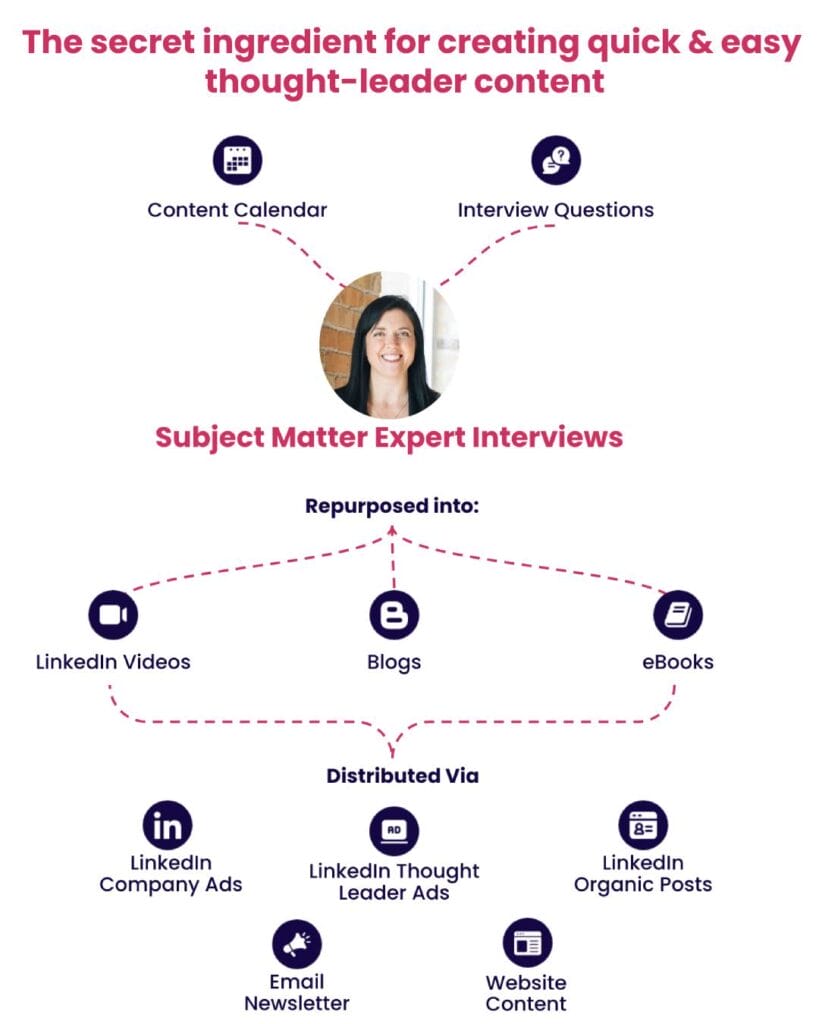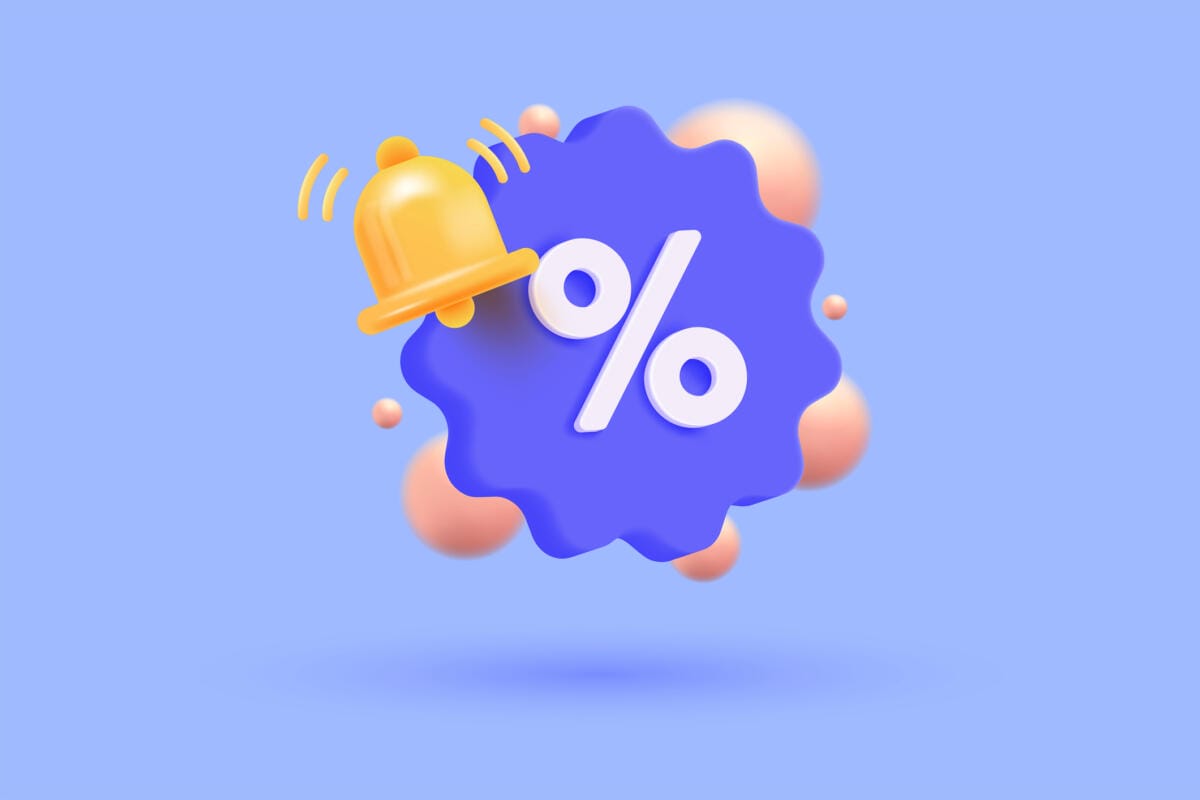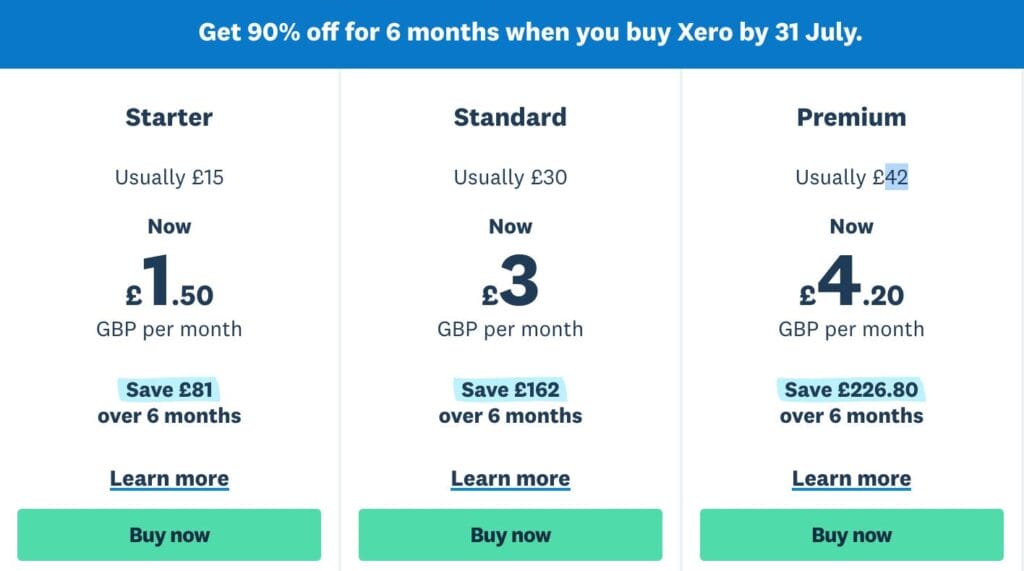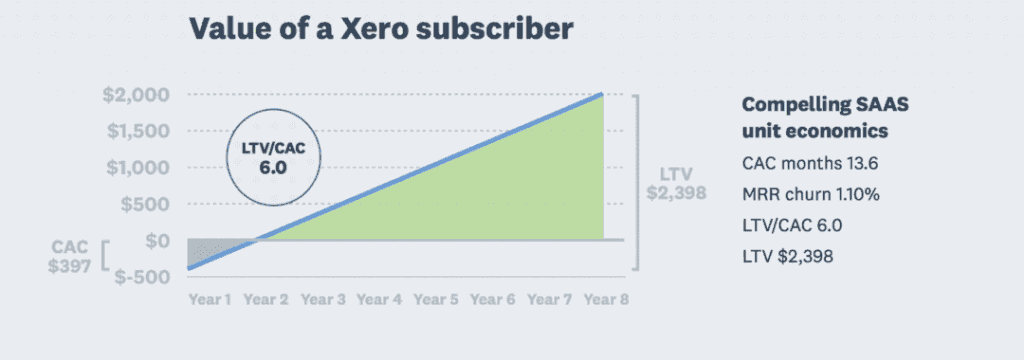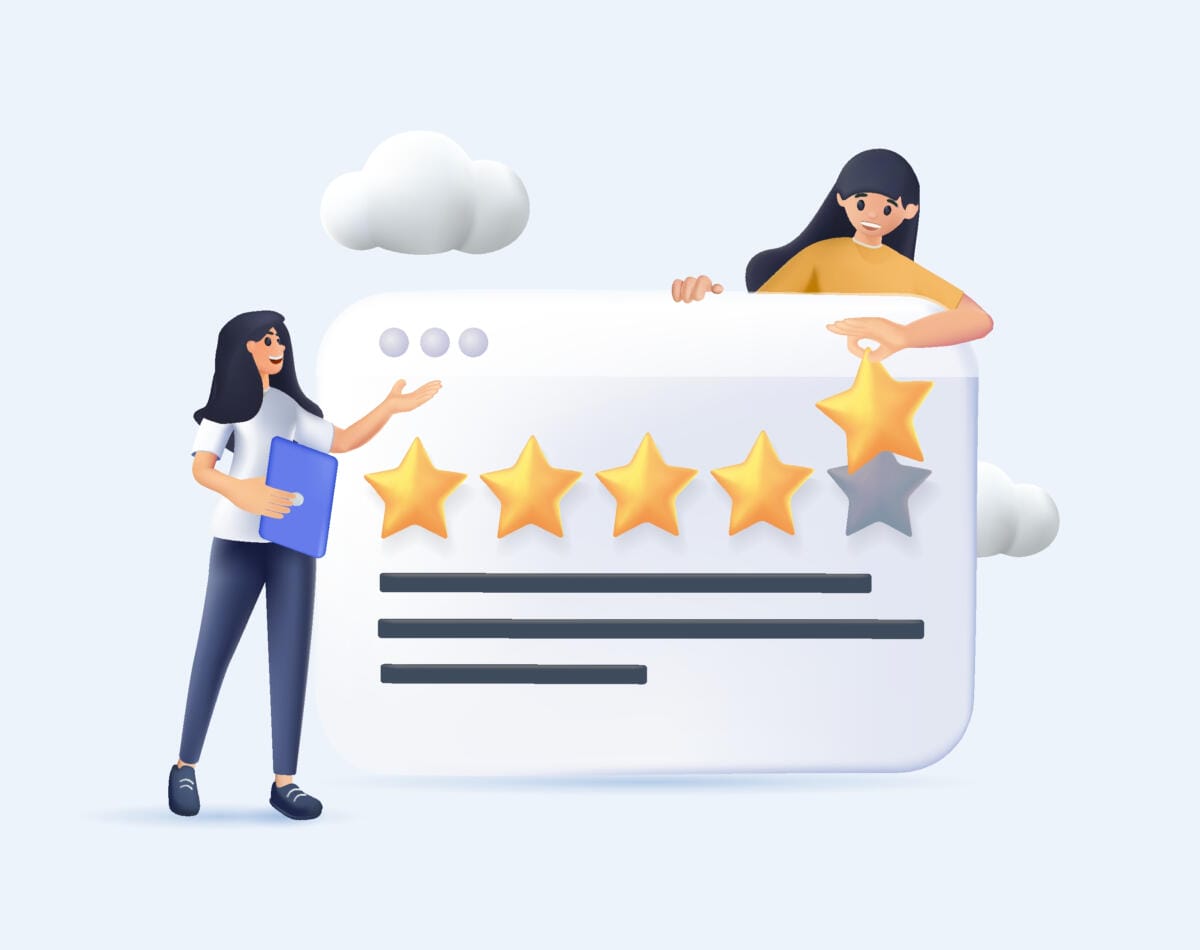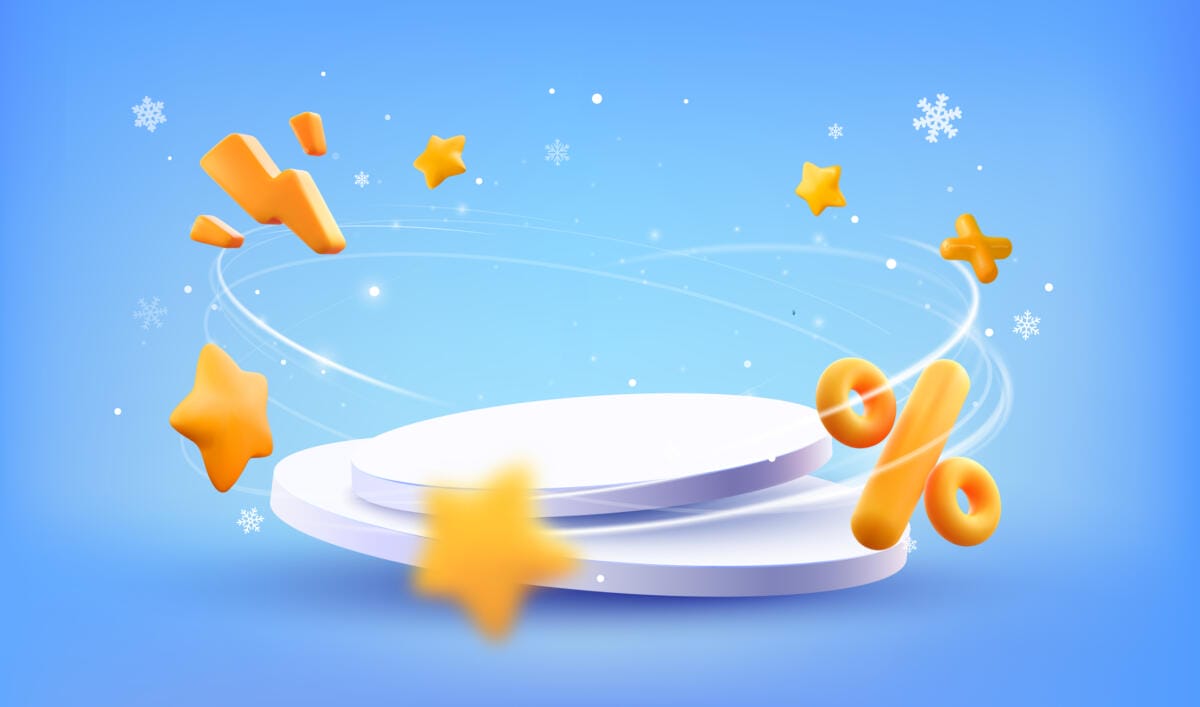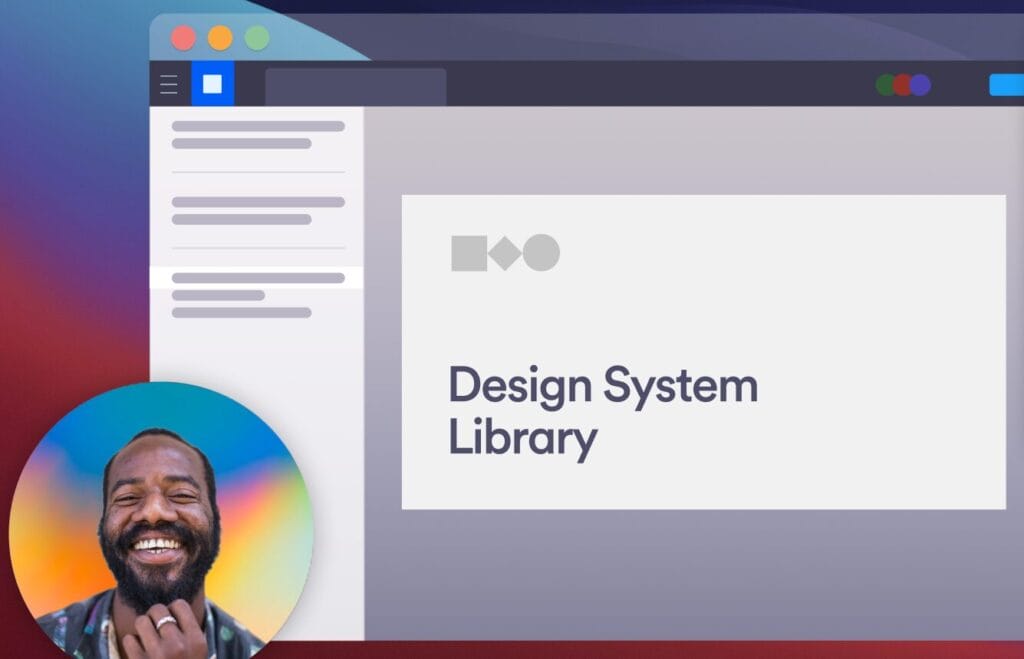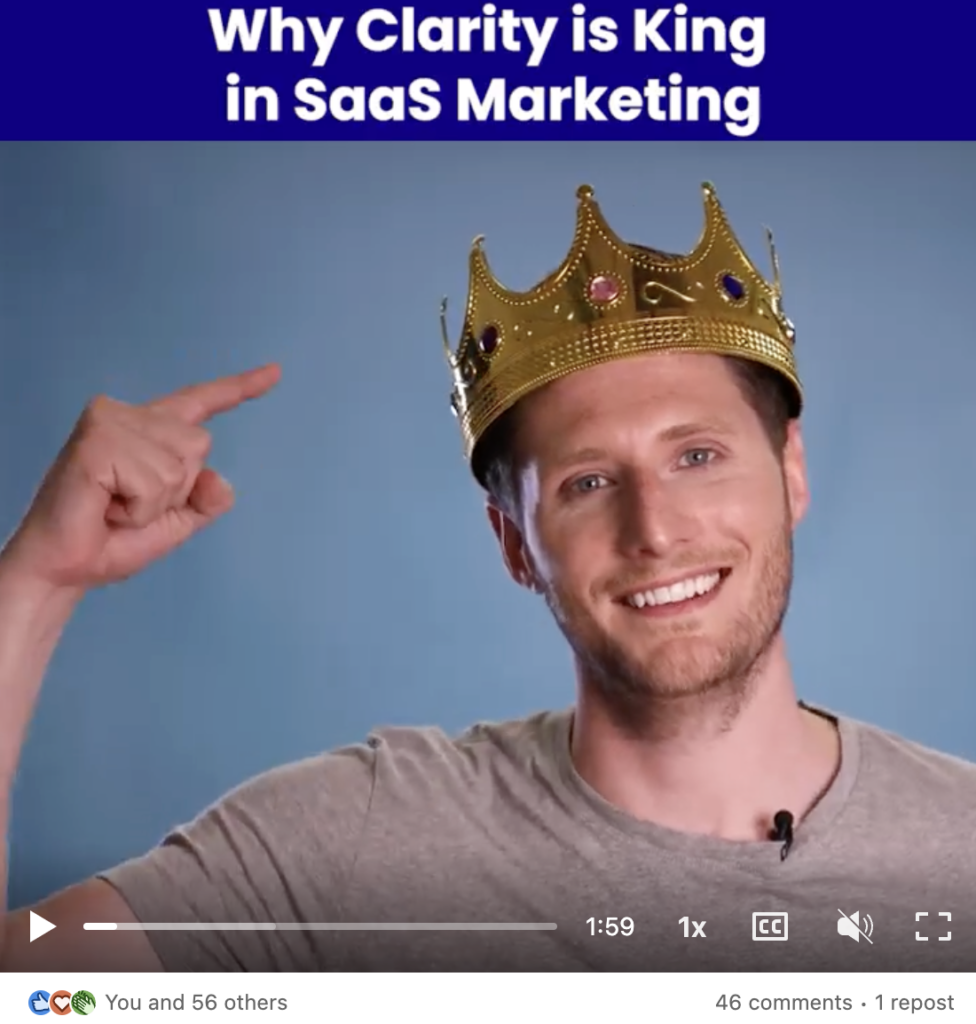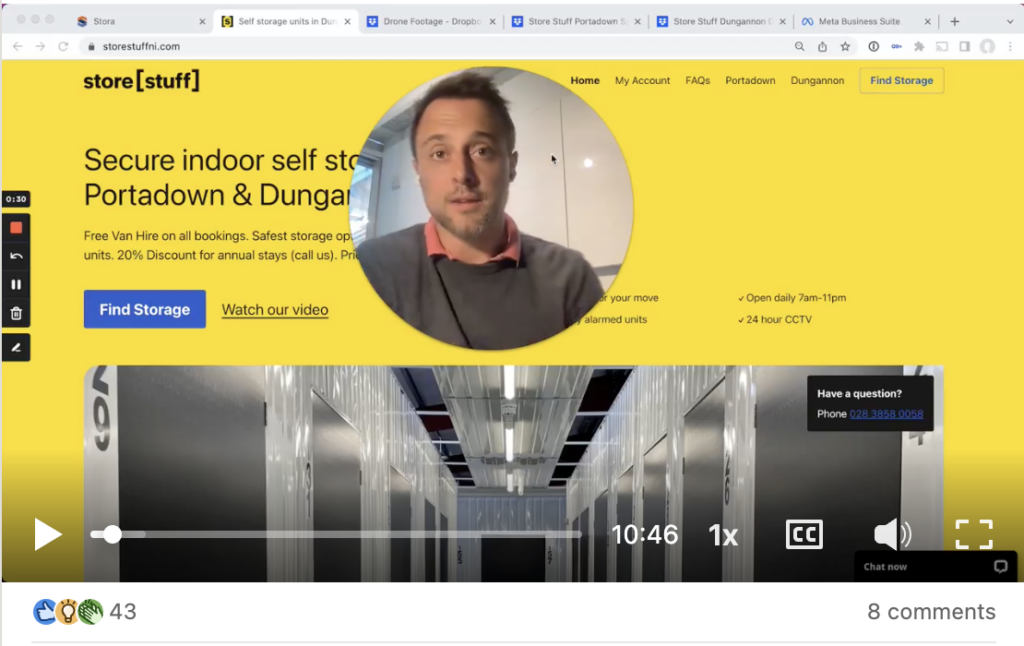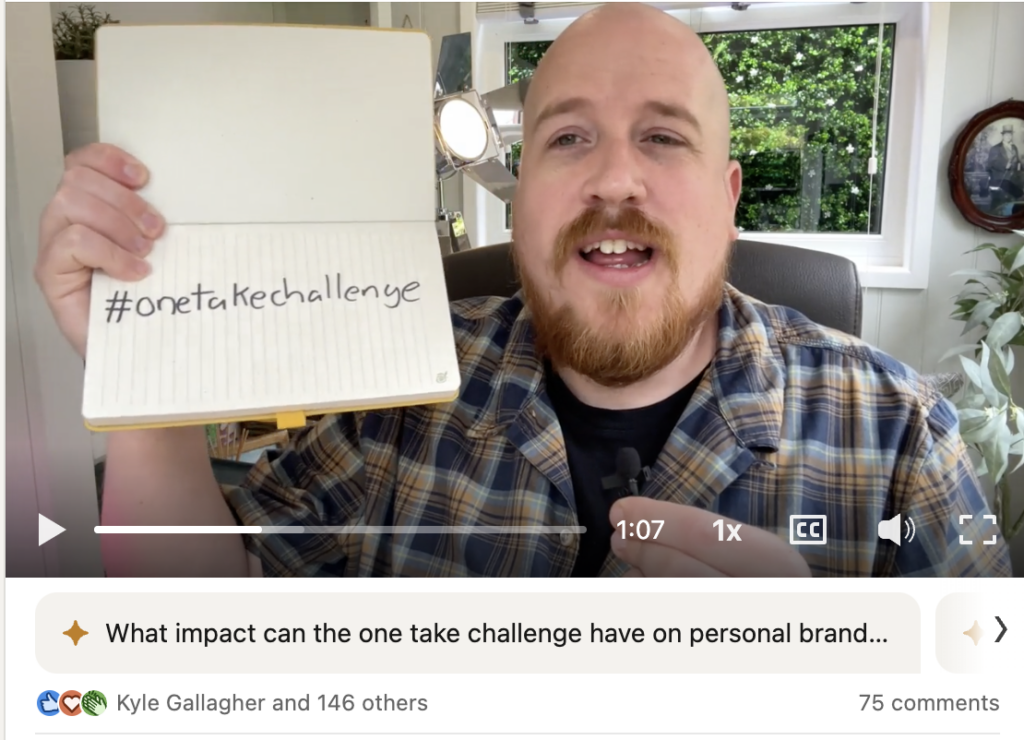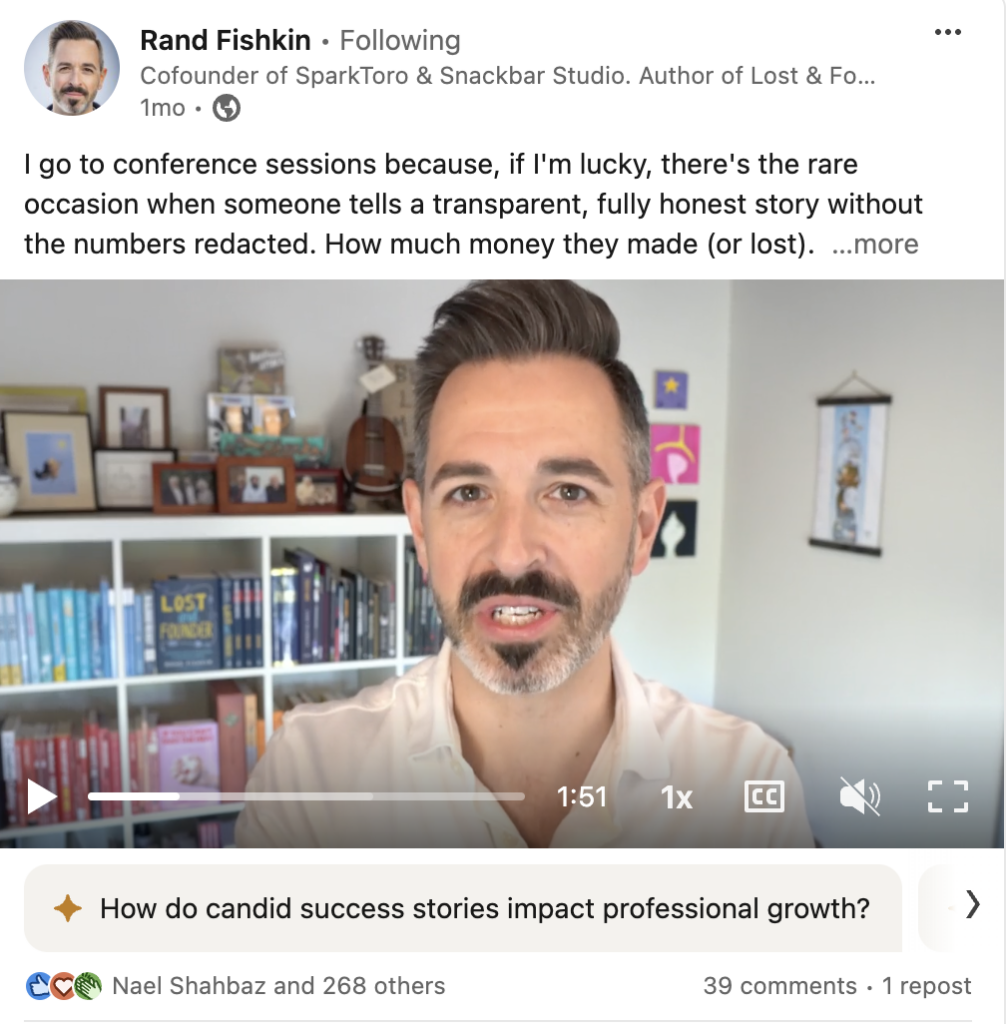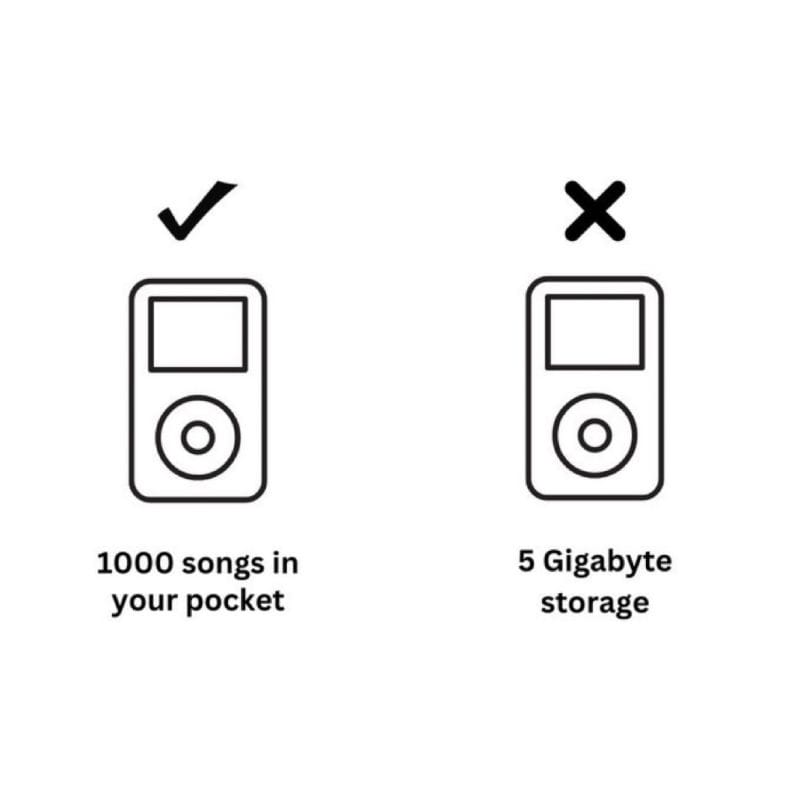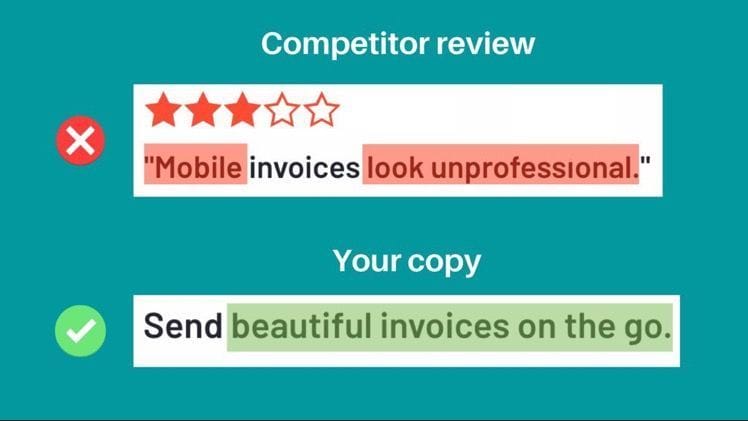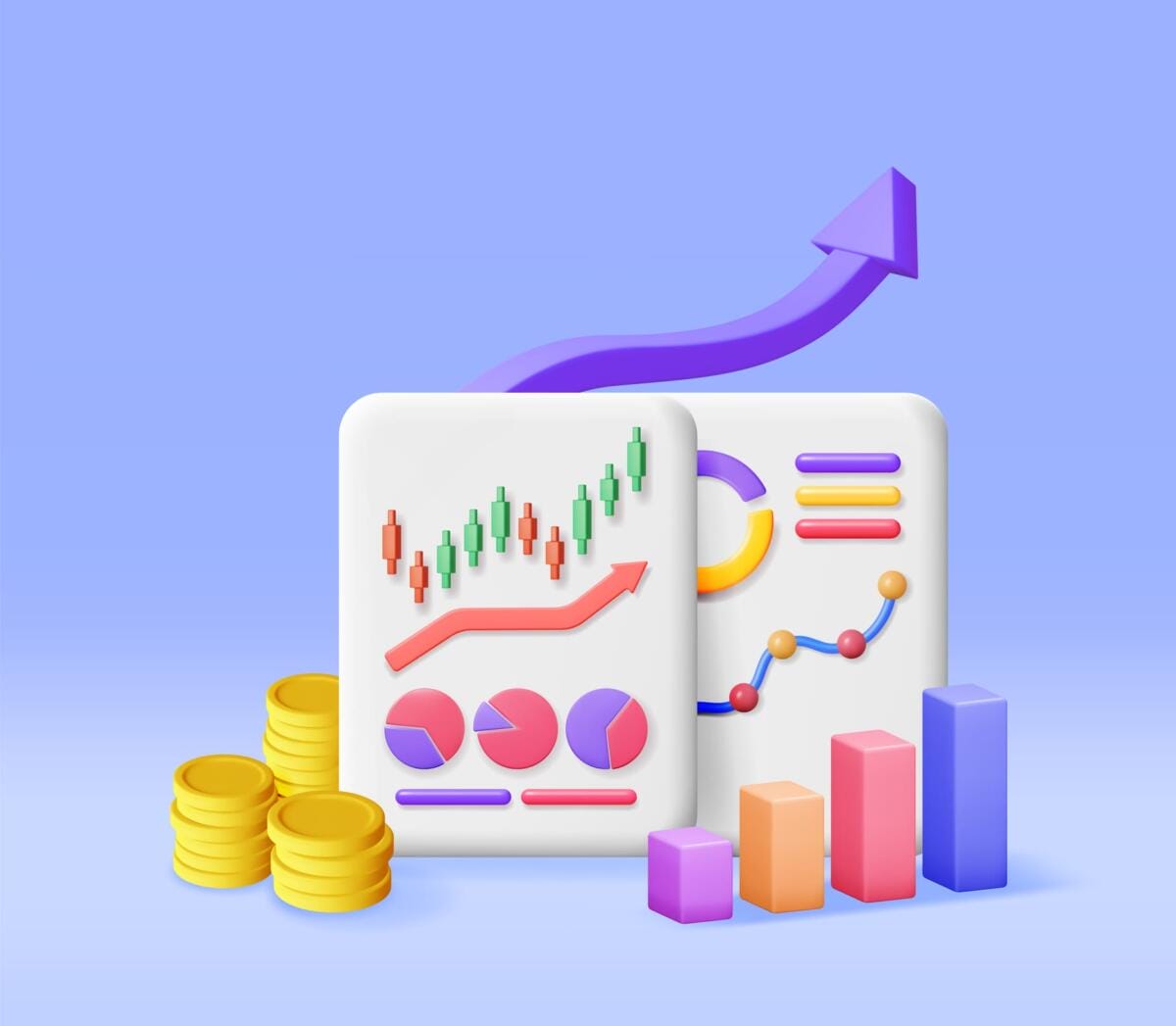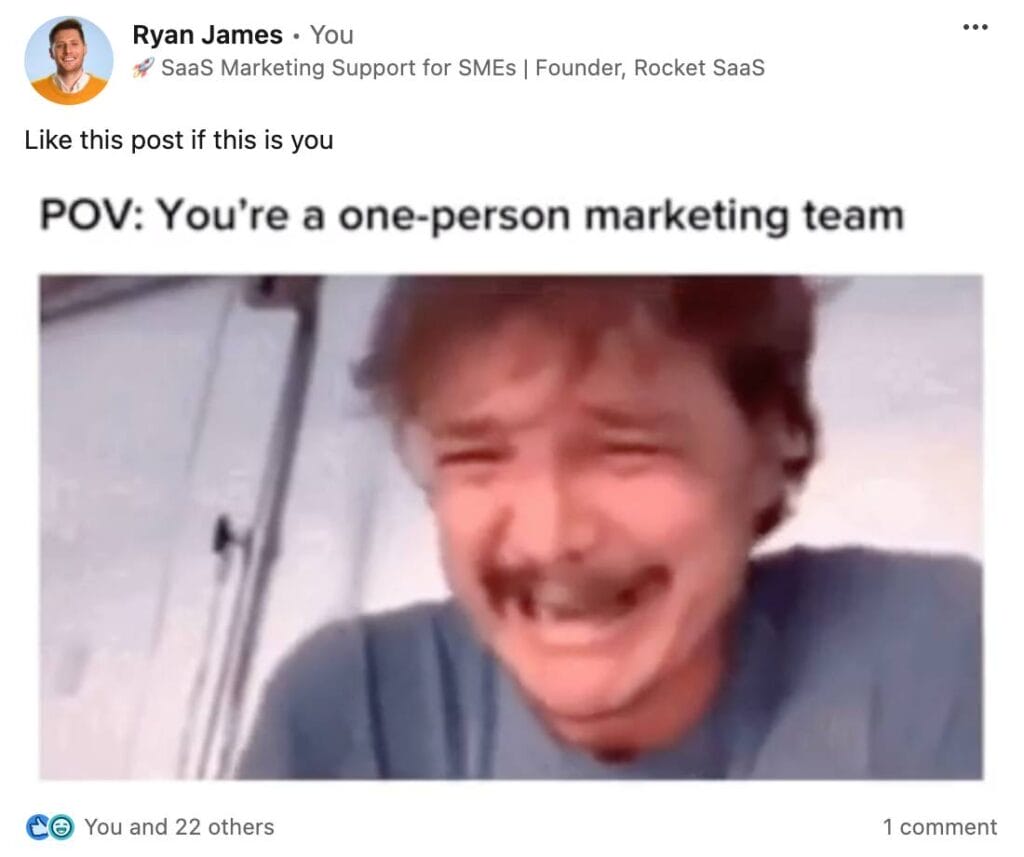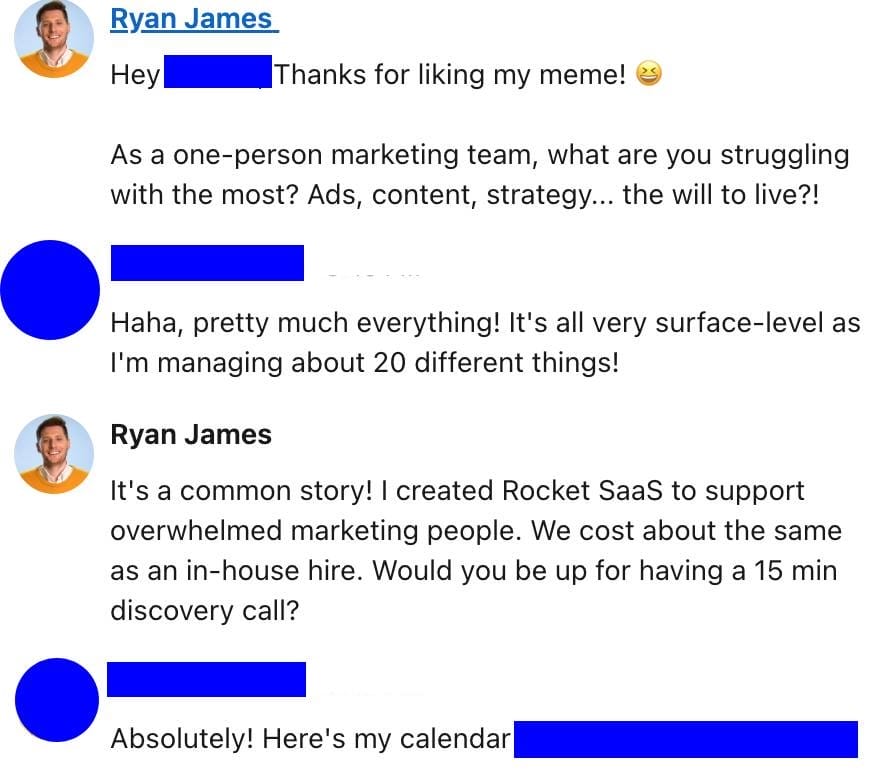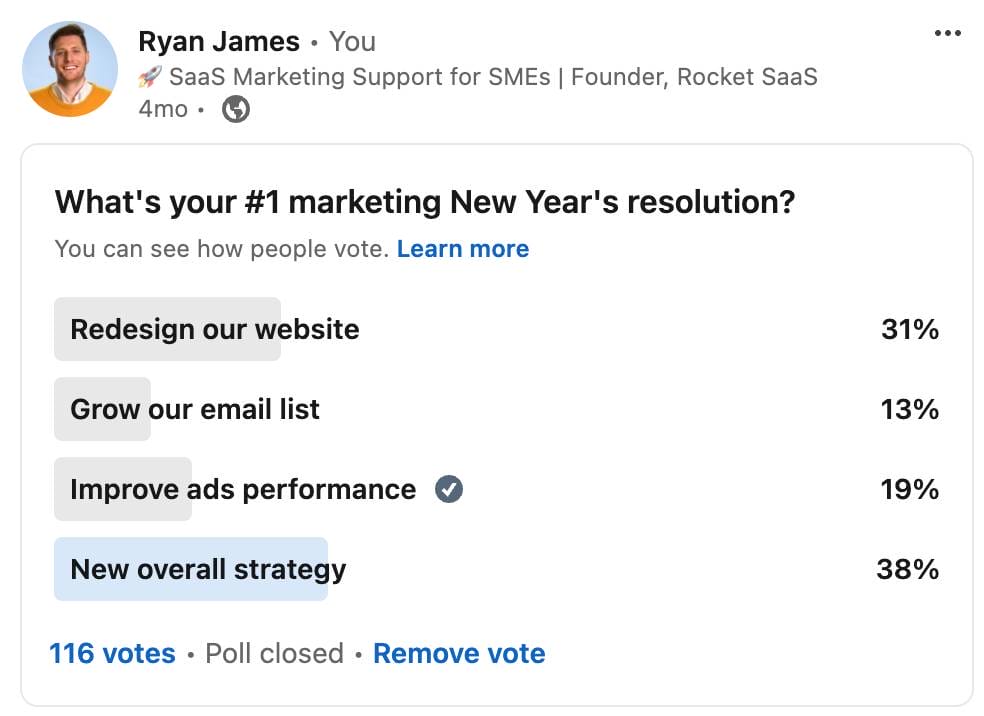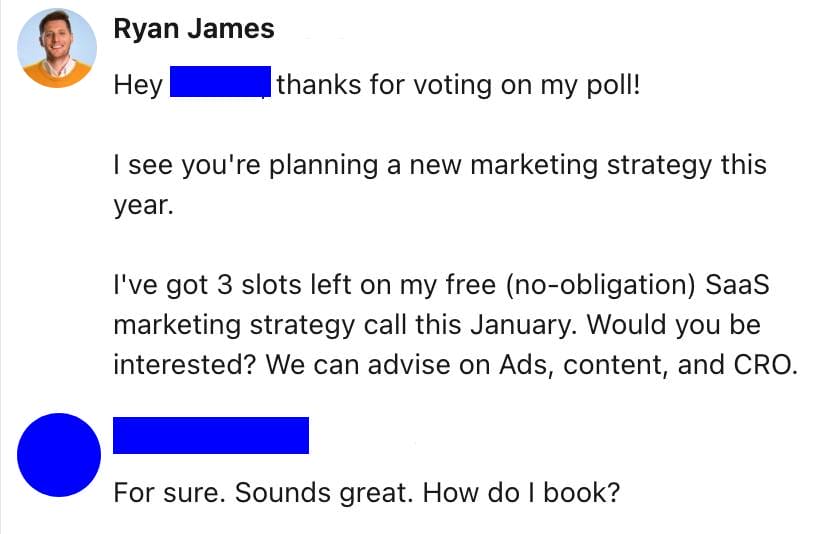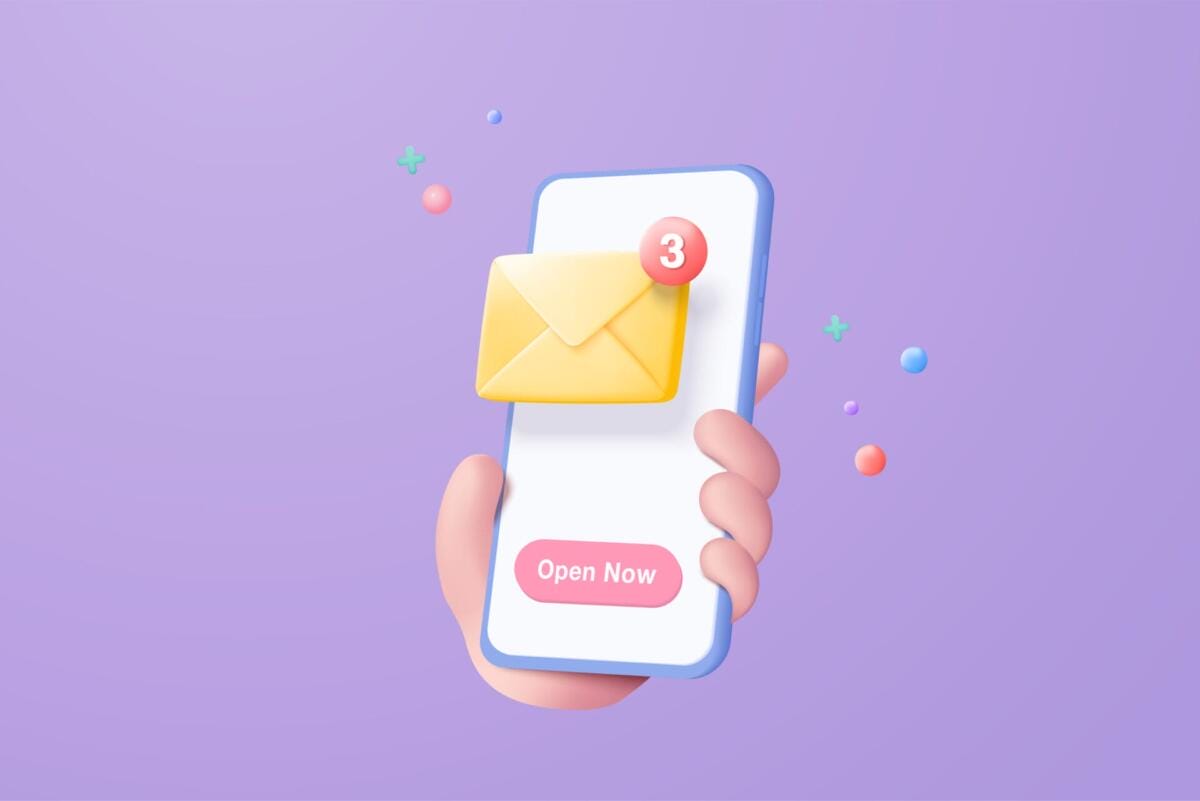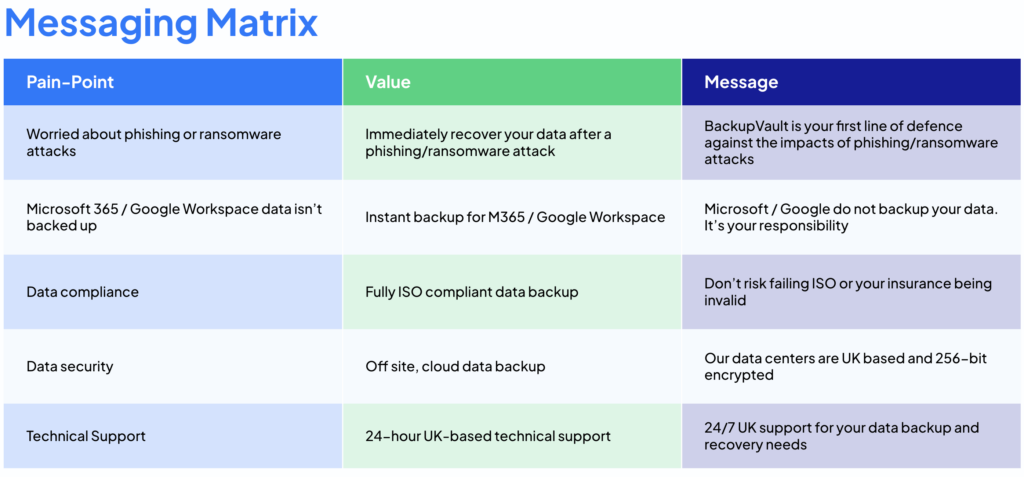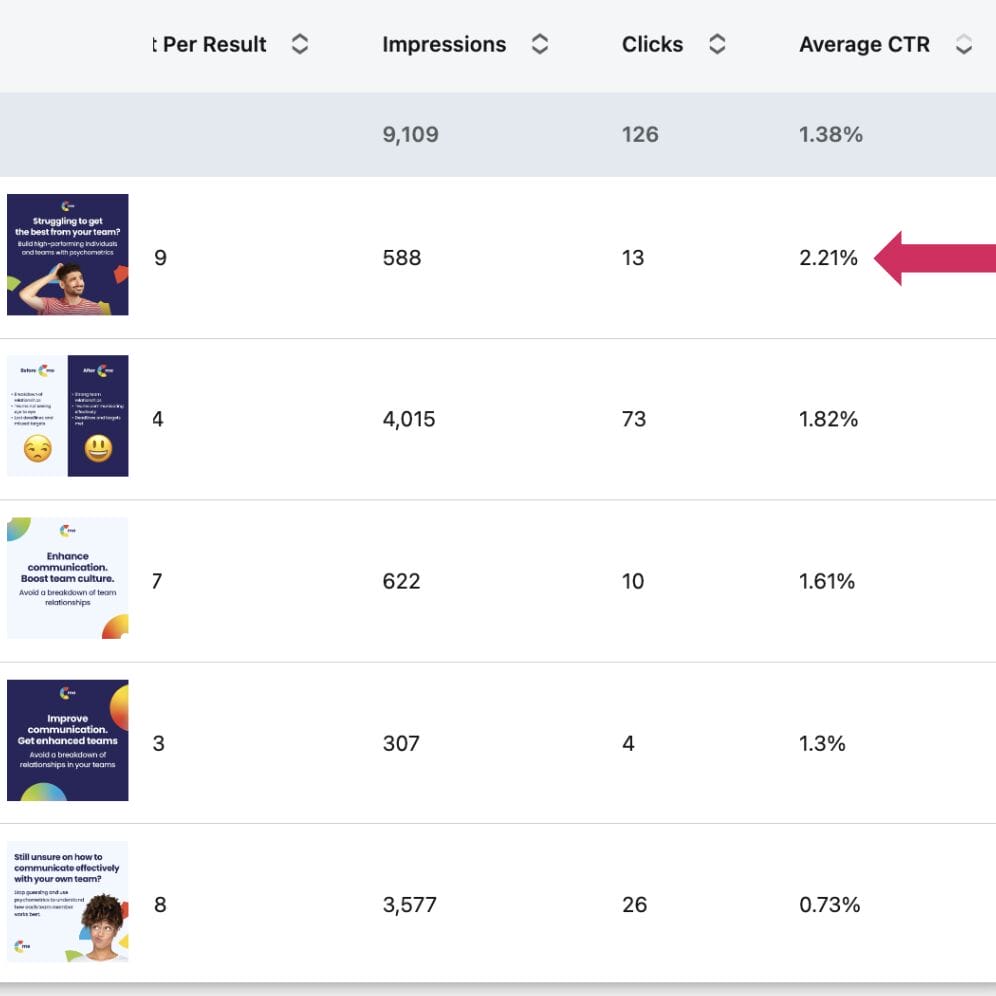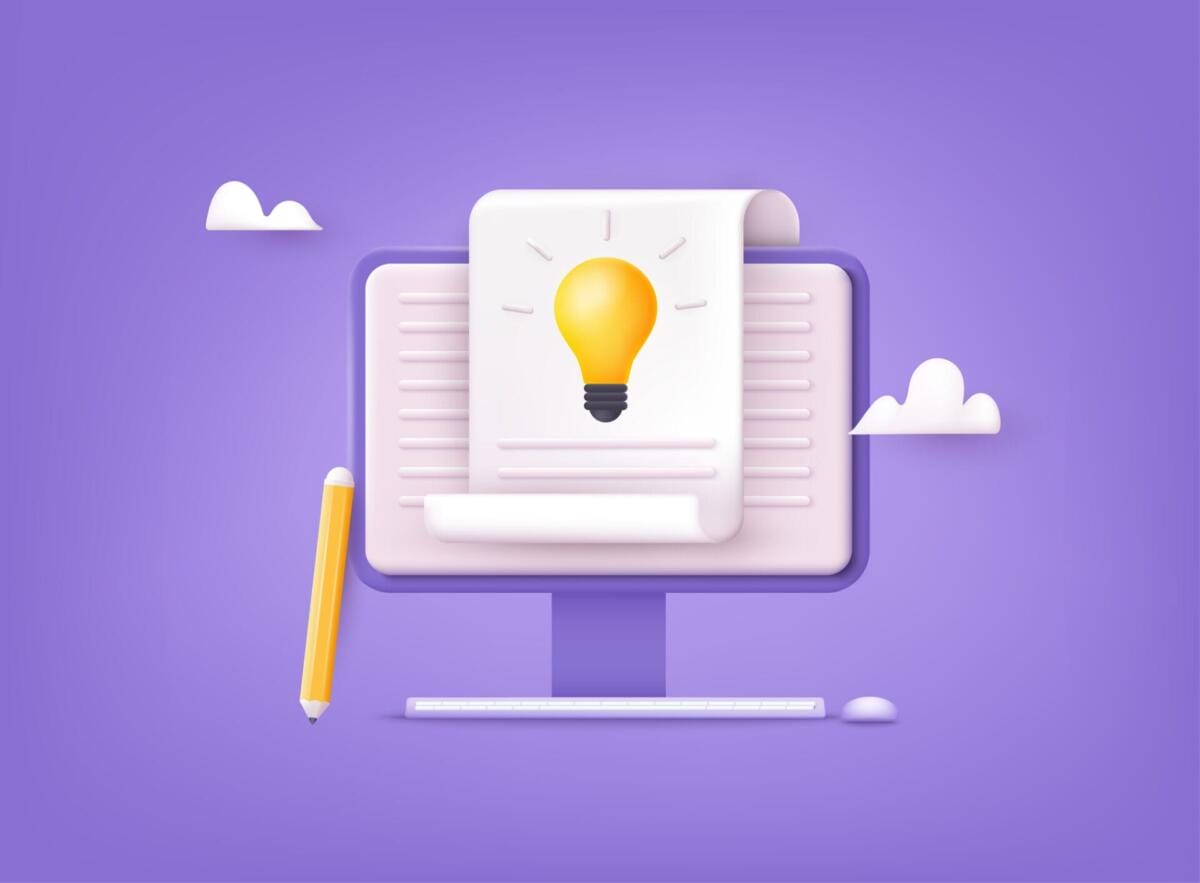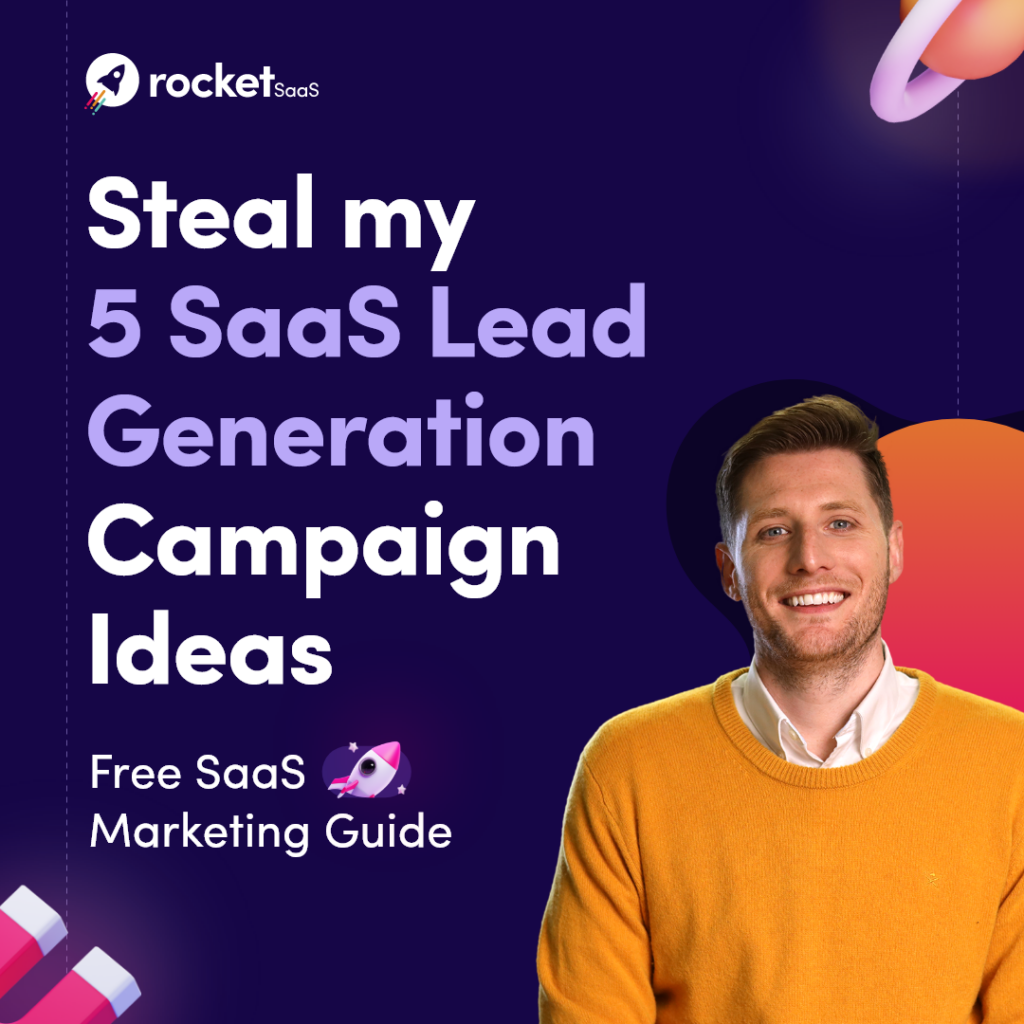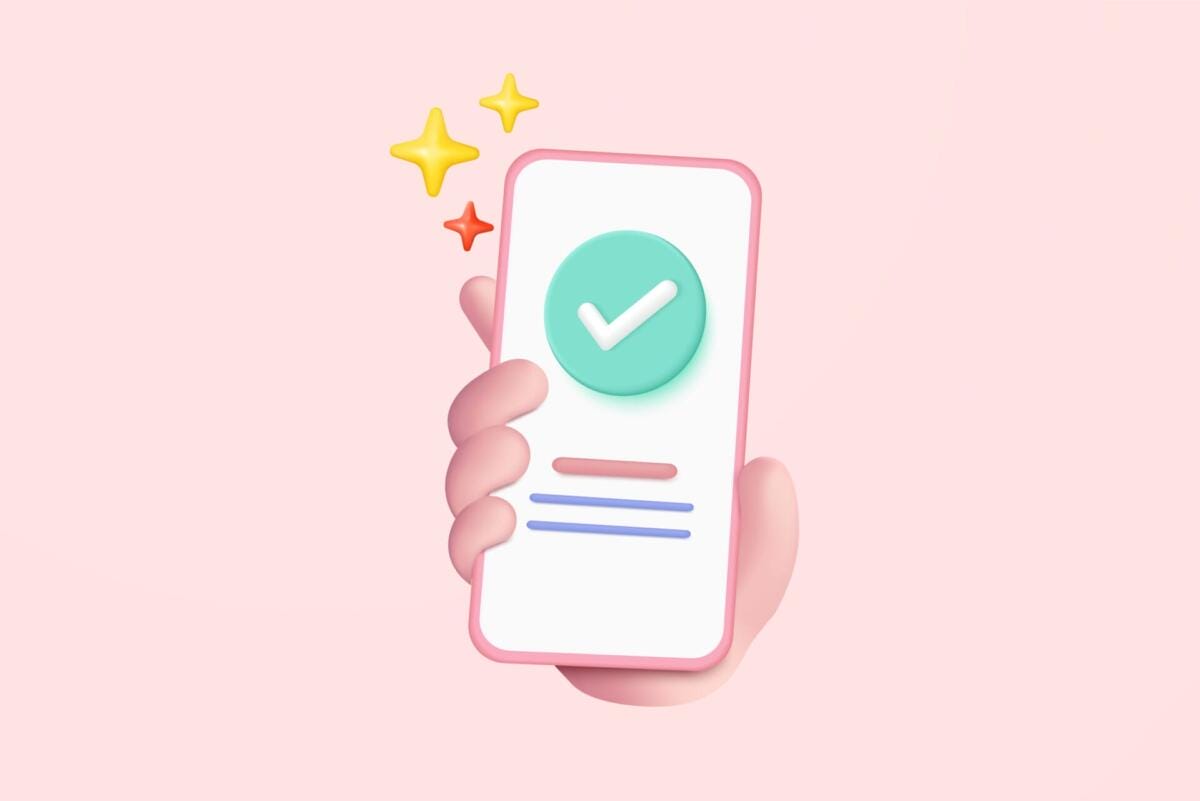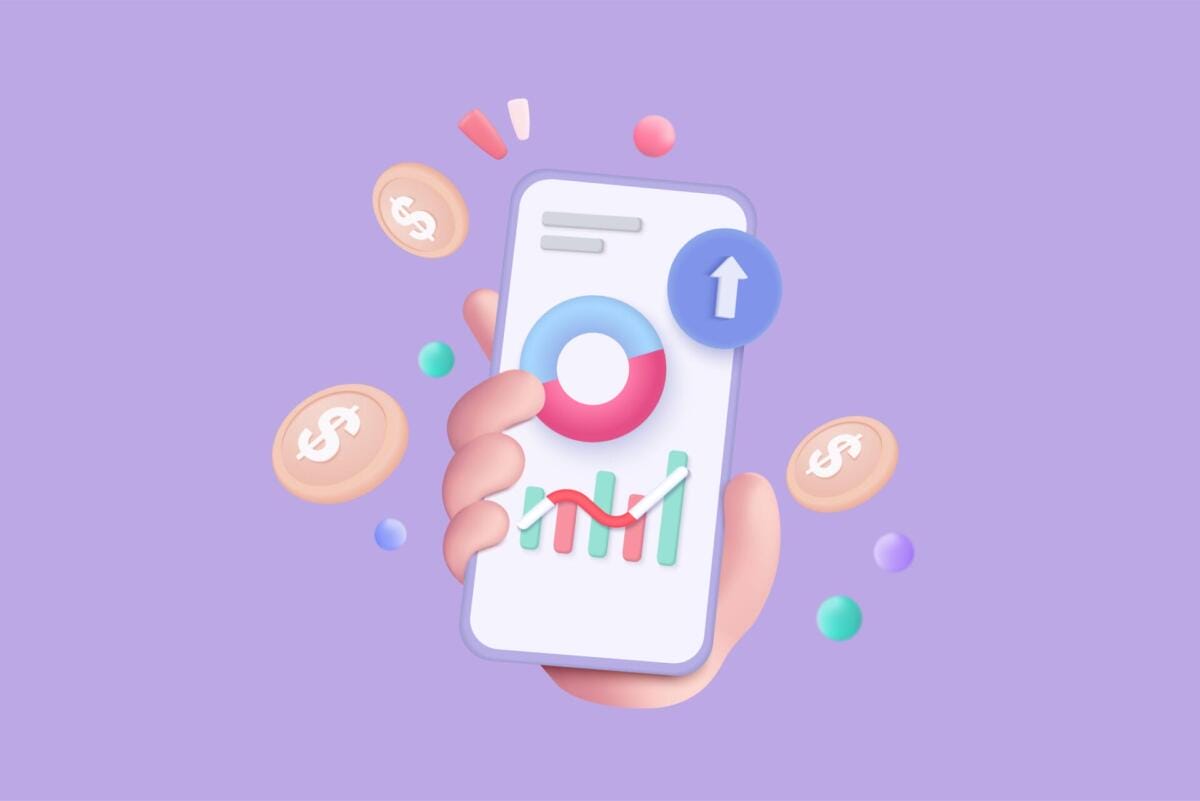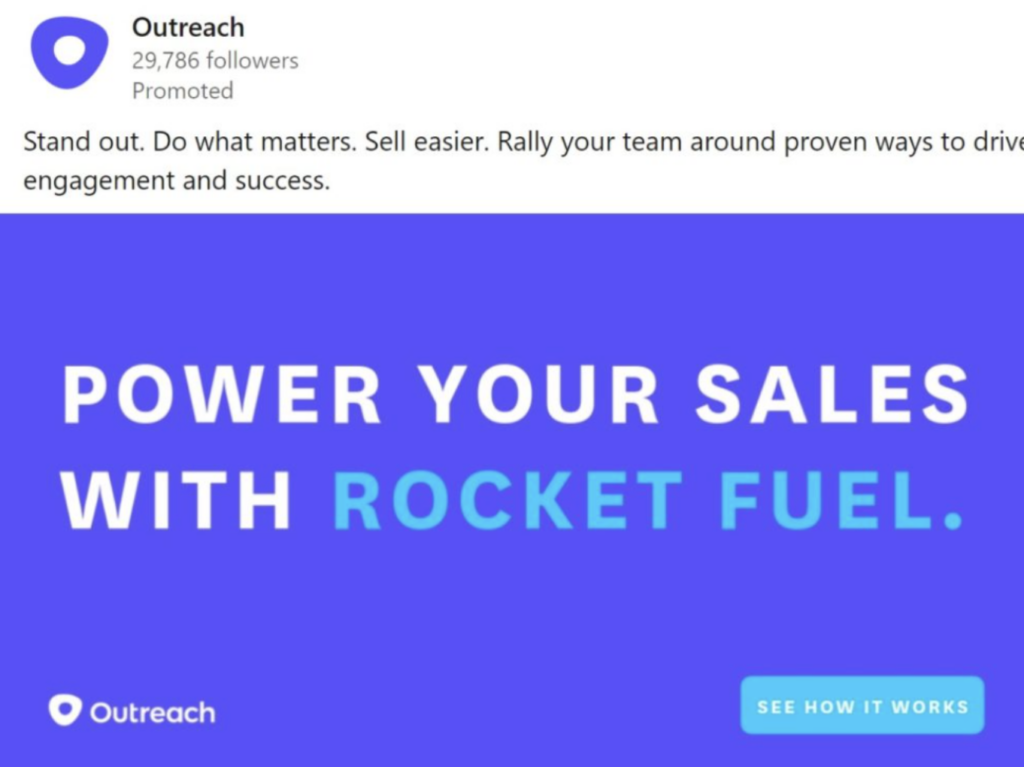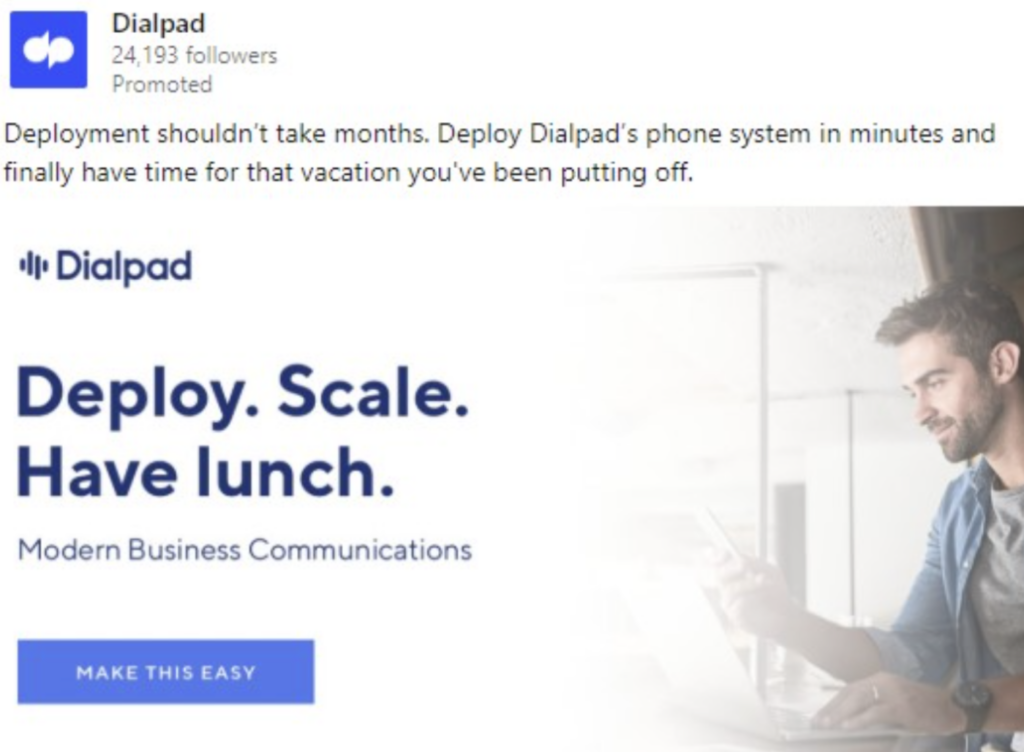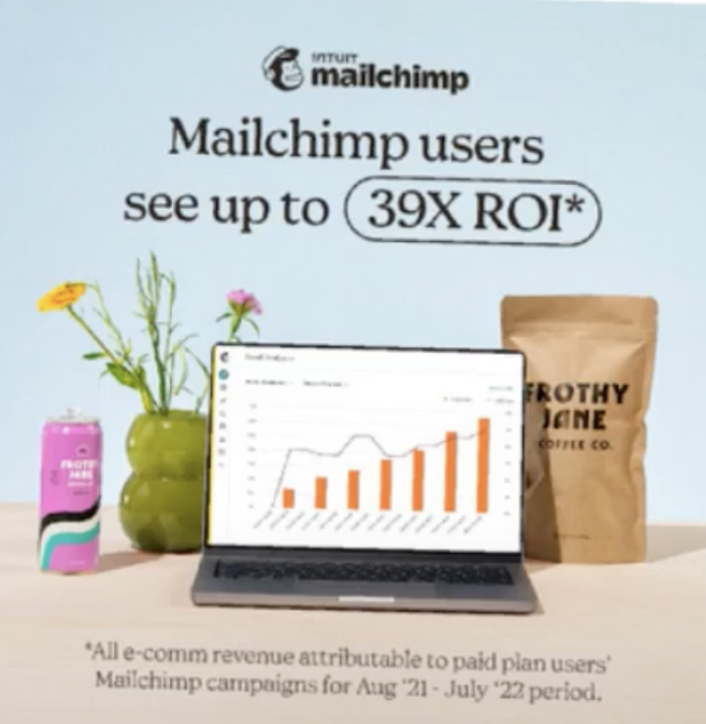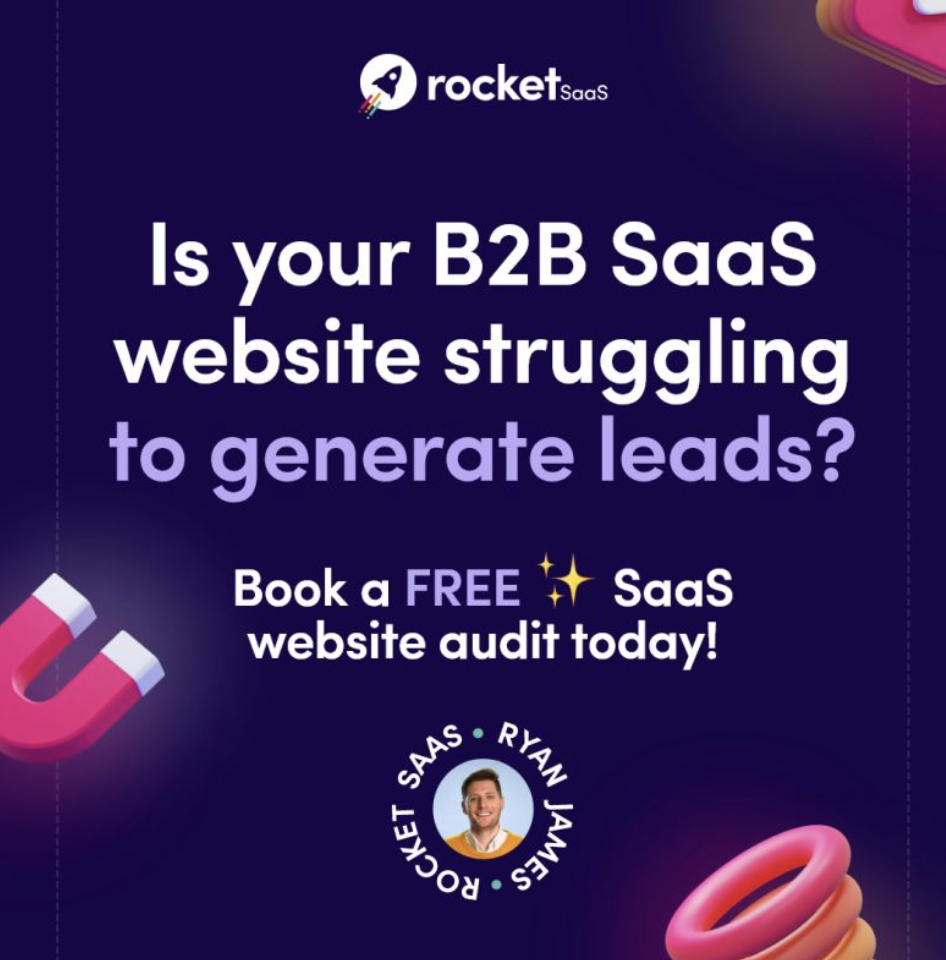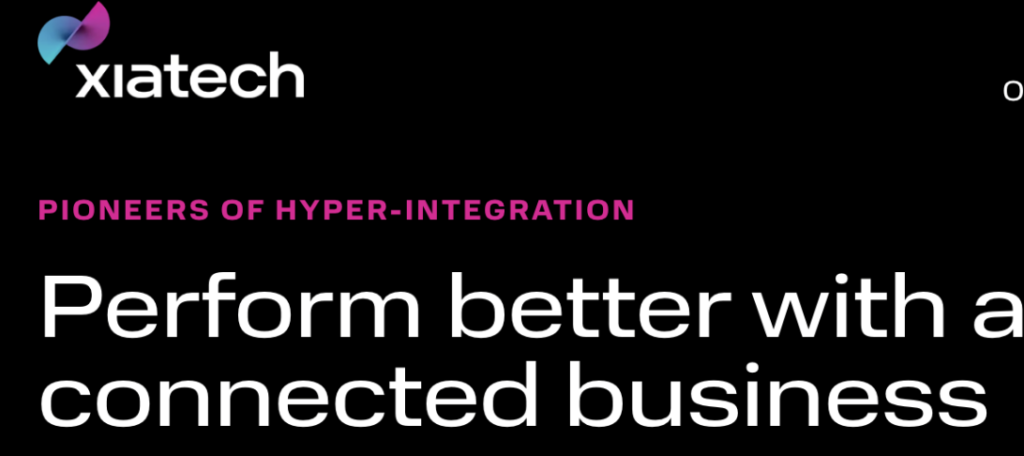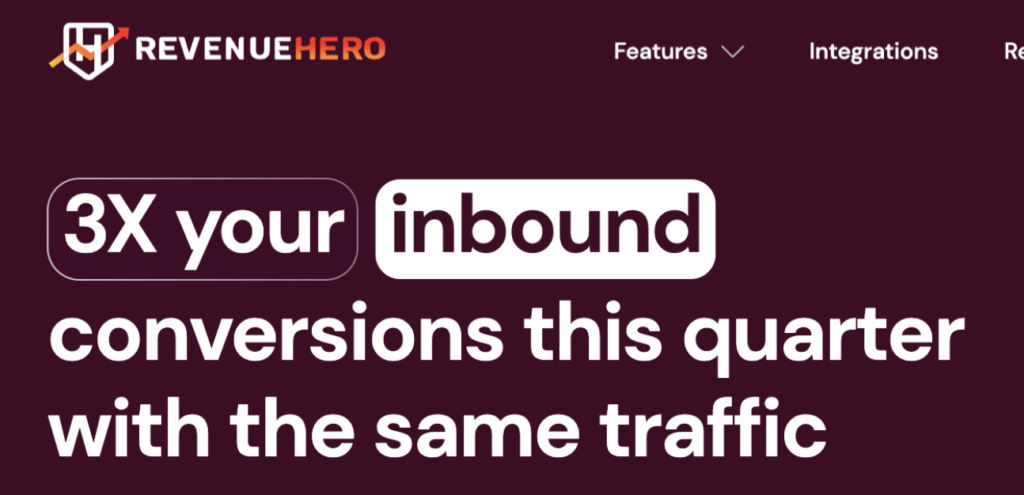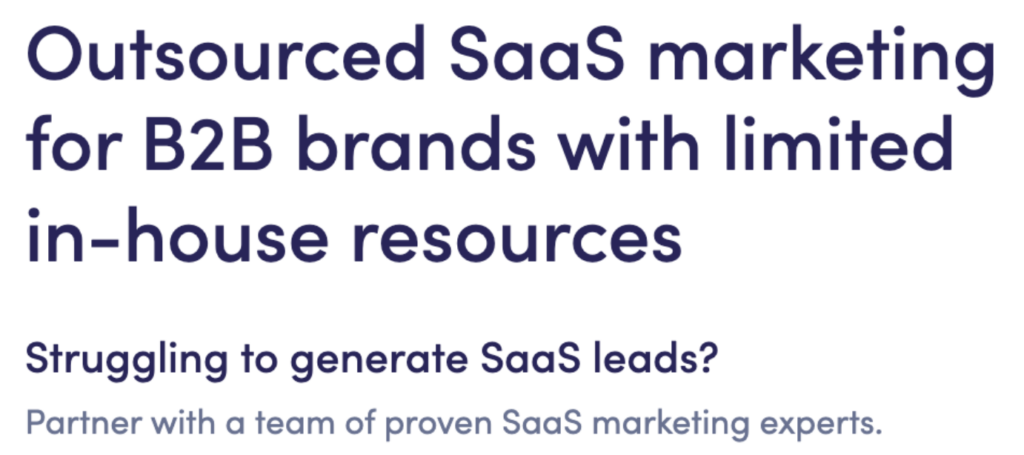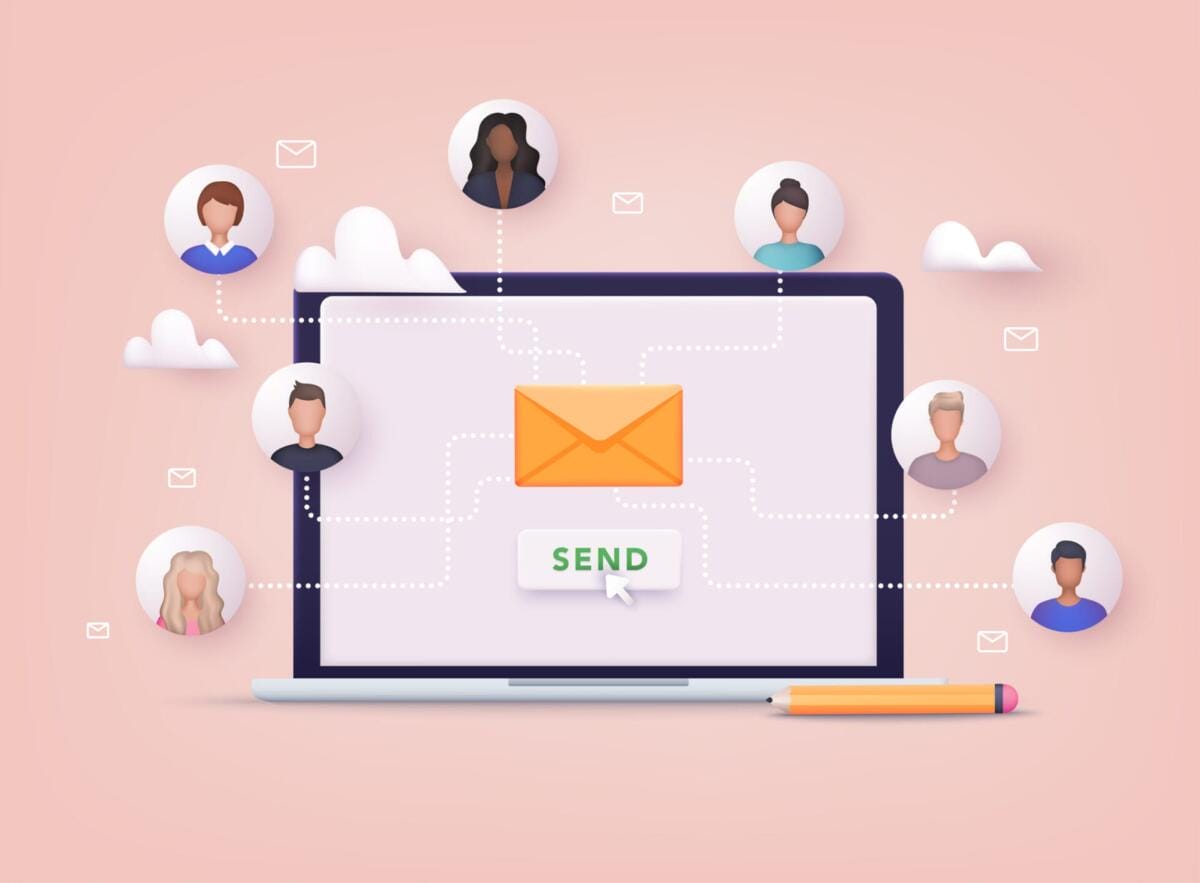What you’ll learn in this blog:
✅ What is Account Based Marketing (ABM)
✅ 8 steps to implement an ABM campaign
If you’re selling a high-ticket SaaS product (over $20,000 customer lifetime value), you may struggle with the traditional “spray and pray” sales tactic of cold calling, running ads or emailing a large list with the same message.
You should consider an Account-Based Marketing (ABM) approach. Done correctly, it will result in a higher ROI, shorter sales cycles, and stronger customer relationships, ultimately driving significant revenue growth.
What is ABM?
Account-based marketing (ABM) is a strategic approach in which a company focuses its marketing and sales efforts on a specific set of high-value accounts, typically fewer than 100, creating tailored and personalised content to build relationships and win deals.
8 steps to implement an ABM campaign
1. Build an account list with intent data
The first step in an ABM campaign is building a targeted account list based on your Ideal Customer Profile (ICP). Focus on quality over quantity by identifying companies and decision-makers that match your criteria, such as industry, company size, location, and common pain points your product addresses.
Use tools like LinkedIn Sales Navigator to find suitable accounts and supplement with intent data to identify those actively researching solutions in your category. For instance:
- Bombora: Tracks web activity to uncover companies showing buying signals.
- G2 crowd: Highlights businesses exploring products in your sector.
- Crunchbase: Shows companies raising funding or expanding.
- Rocks and golds: Provides data on hiring trends relevant to your product.
Once you’ve identified 50-100 accounts, segment them by intent signals, strategic importance, and existing connections to prioritise your outreach. Tools like Clearbit or ZoomInfo can enrich your list with key details to tailor your approach further.
A well-researched account list ensures your campaign begins with focus and precision, setting the stage for success.
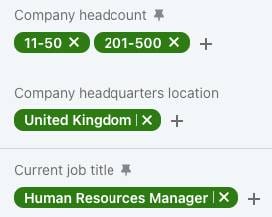
2. Send personalised LinkedIn connection requests
Send personalised connection requests on LinkedIn, including insightful comments about their website or profile to show genuine interest.
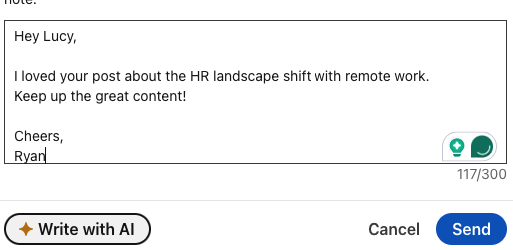
3. Engage with key decision makers
Find key decision-makers or door openers, like and comment on their LinkedIn posts, and then migrate the conversation to DMs. Don’t pitch them too early. Start by building a friendship.
For example:
- If they share a post about an industry trend, add a thoughtful comment, such as:
“Interesting take on [topic]. Have you considered [relevant insight or alternative perspective]?”
- If their company announces a milestone, congratulate them with a personal touch.
4. Leverage mutual connections
Mutual connections can be a powerful tool to establish credibility and open doors within your target accounts. Start by identifying shared connections on LinkedIn—whether they’re colleagues, industry peers, or past clients.
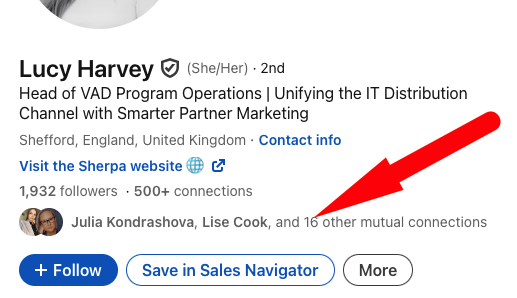
If you have a mutual contact who knows the decision-maker well, politely ask for an introduction. A simple message might look like this:
“Hi [Name], I noticed you’re connected to [Target’s Name]. I’d love to learn more about their work at [Company]. Would you feel comfortable introducing us?”
This approach instantly makes your outreach more trustworthy and increases the likelihood of a response. A warm introduction or reference can help you bypass the usual barriers and start building a productive relationship with your target.
5. Run targeted ads
Targeted ads are a great way to stay visible and reinforce your messaging with your selected accounts. By creating ads tailored specifically to their pain points and industry challenges, you can capture attention and build brand awareness.
LinkedIn Ads allows you to run highly specific campaigns. Use the LinkedIn Matched Audiences to upload your account list and serve ads directly to decision-makers within those companies. Focus on ads that address their unique challenges and position your solution as the answer.
Examples of effective ad content:
- Thought leadership: Share insights or reports closely related to your target’s pain points that demonstrate your expertise in their industry.
- Case studies: Highlight success stories from similar companies.
- Product benefits: Showcase how your solution solves their specific pain points.
6. Invite to podcasts, webinars or for an article quote
Instead of pitching, invite them to collaborate on content that positions them as thought leaders while subtly aligning your brand with their success.
Podcasts or webinars
Reach out to decision-makers with an invitation to join a podcast episode or webinar panel. Frame the invitation as an opportunity to share their insights with a wider audience. For example: “Hi [Name], we’re hosting a webinar on [industry topic], and I’d love for you to share your perspective as a leader in [their field]. Would you be open to joining us?”
This creates a win-win situation: they gain exposure, and you build rapport while showcasing your expertise to your audience.
Article quotes or interviews
Ask for their input on an upcoming article or industry report. For instance: “Hi [Name], I’m working on a piece about [topic] and would love to include your thoughts. Could I quote you in the article?”
By involving them in your content, you demonstrate respect for their expertise, foster collaboration, and open the door for future conversations.
Why this works
These invitations position you as a partner, not just a seller, making your outreach more valuable and less transactional. As the relationship develops, these collaborations often lead to deeper engagement and sales opportunities.
7. Send a personalised video
Personalised videos are a highly effective way to stand out and create a memorable connection with your target accounts. Unlike standard messages, a video shows you’ve taken the time to craft something unique, which builds trust and engagement.
How to create a personalised video
- Start with their name: Begin the video by addressing the recipient directly. For example:
“Hi [Name], I noticed [specific insight about their role, company, or recent activity].”
- Reference intent data: Use your research to make the video relevant. Mention their industry challenges, company milestones, or behaviours indicating interest in your solution.
“I saw your company is [e.g., expanding or exploring solutions in X area], and I thought it might be helpful to share how we’ve supported similar businesses.”
- Keep it short and friendly: Aim for 60–90 seconds. Share one key value proposition or insight, and invite them to continue the conversation.
Tools to use
Platforms like Vidyard, Loom, or even LinkedIn’s video messaging feature make it easy to create and send videos.
Why it works
Personalised videos feel genuine and are harder to ignore than text-based messages. They show effort and provide an opportunity to clearly explain how you can address their challenges, creating a stronger connection and increasing the likelihood of a positive response.
8. Send thoughtful gifts
Sending personalised gifts is a creative and memorable way to stand out from the competition and leave a lasting impression on key decision-makers. When done thoughtfully, it can strengthen your connection and demonstrate genuine interest in their business.
Choosing the right gift
- Make it relevant: Choose something tailored to the recipient’s preferences or interests. For example:
- Branded items that add value: Such as a quality notebook or tech gadget.
- Customised cupcakes or treats: A universally loved option that’s fun and hard to ignore.
- Local or niche items: A regional delicacy or something unique that resonates with their location or interests.
- Add a personal touch: Include a handwritten note or a custom message. Mention something specific about their company or recent achievements to show you’ve done your homework.
How to send
Many platforms, like Sendoso or Postal.io, specialise in corporate gifting and can make the process seamless.
—
Once you’ve established a connection and built a friendly, authentic engagement with your target accounts, transitioning to a sales call or demo becomes a natural next step. By focusing on genuine value, personalised interactions, and meaningful connections, you’re not just selling a product—you’re building a partnership.
When implemented effectively, this Account-Based Marketing approach can transform your sales process, driving higher ROI, shortening sales cycles, and closing those high-value deals that truly make a difference to your bottom line. It’s about quality over quantity—working smarter, not harder, to achieve results that matter.
So, why not give it a go? Start small, refine your strategy, and watch the results speak for themselves. Remember, success in ABM is a journey, not a sprint. Let me know how it works for you—I’d love to hear about your wins and insights along the way!
